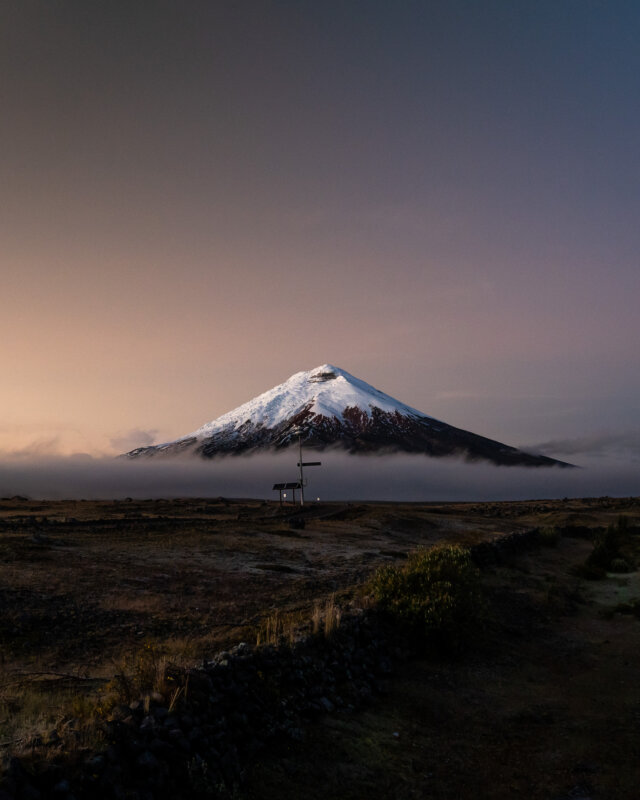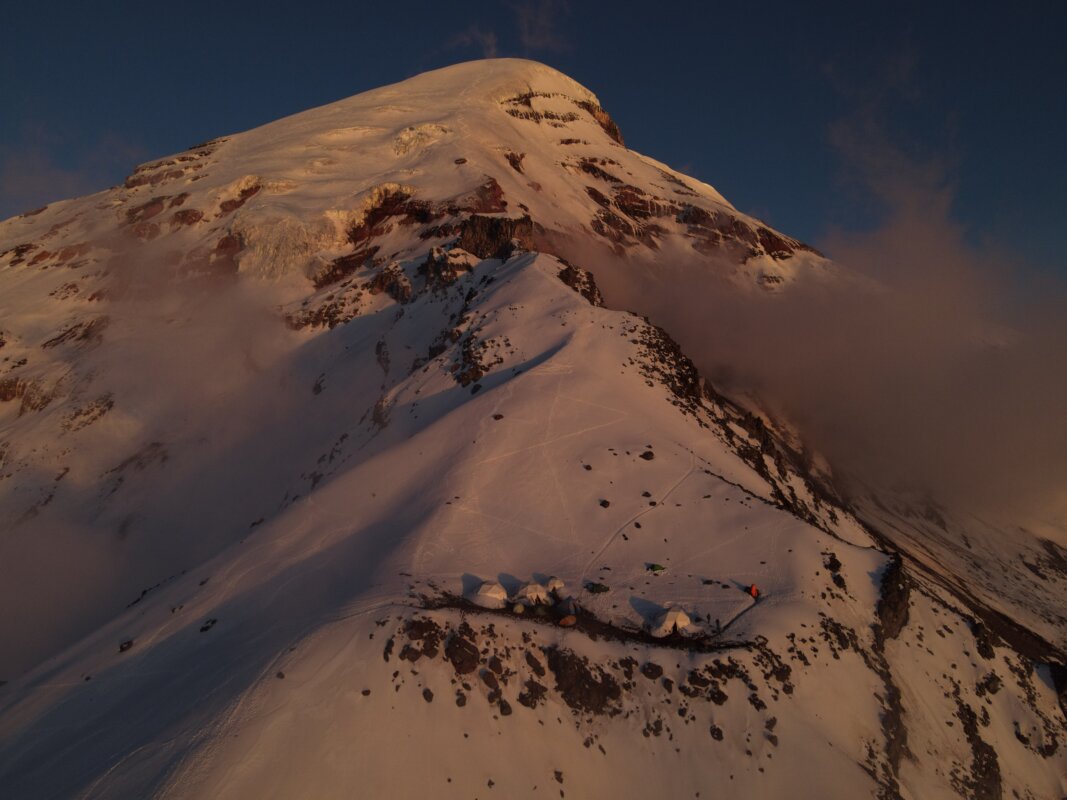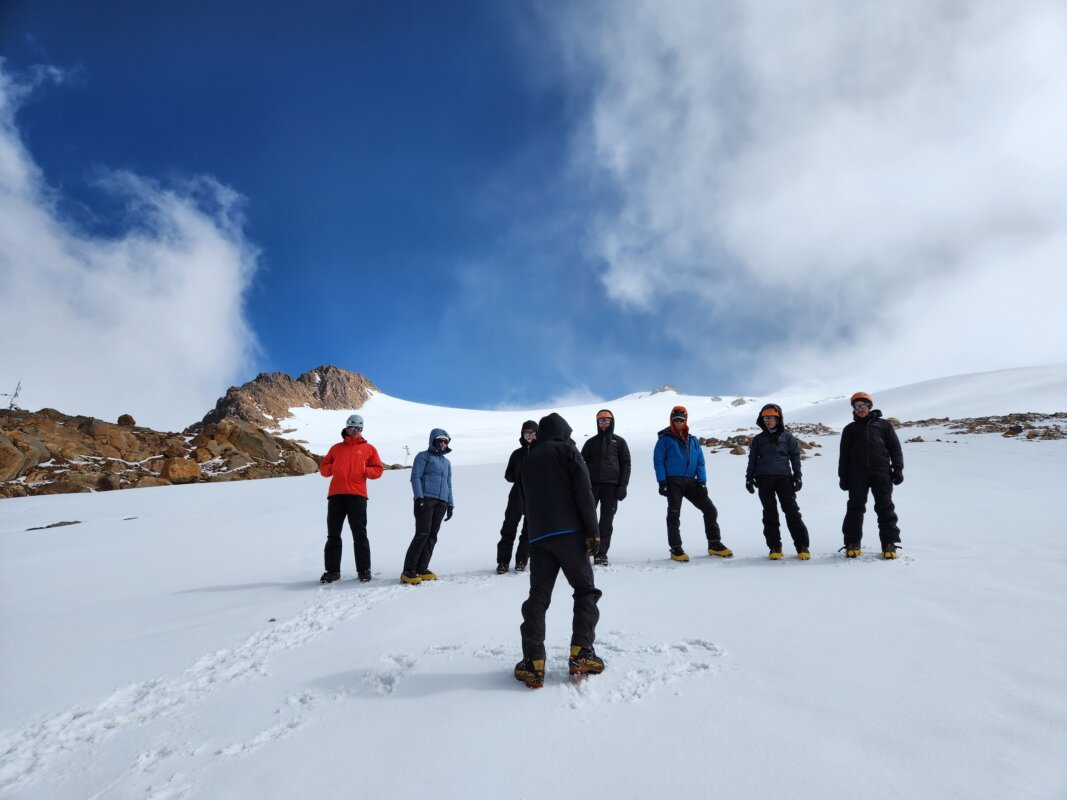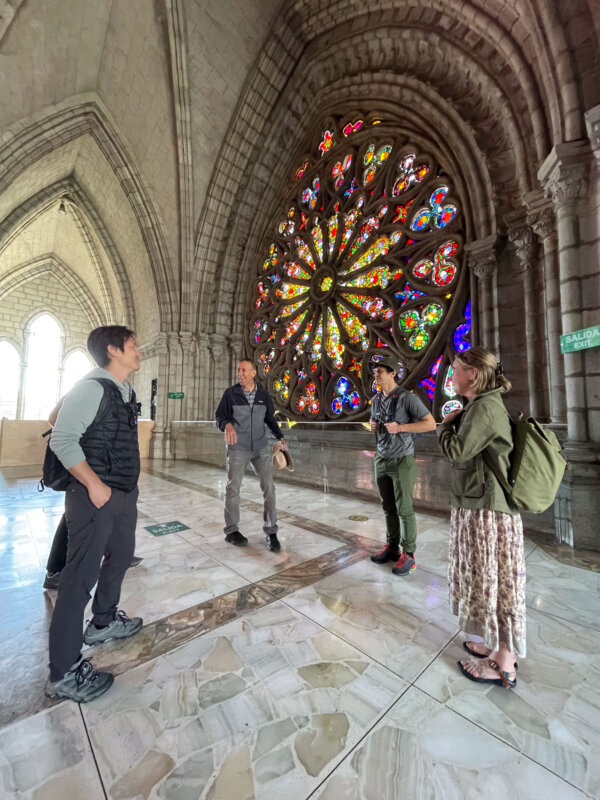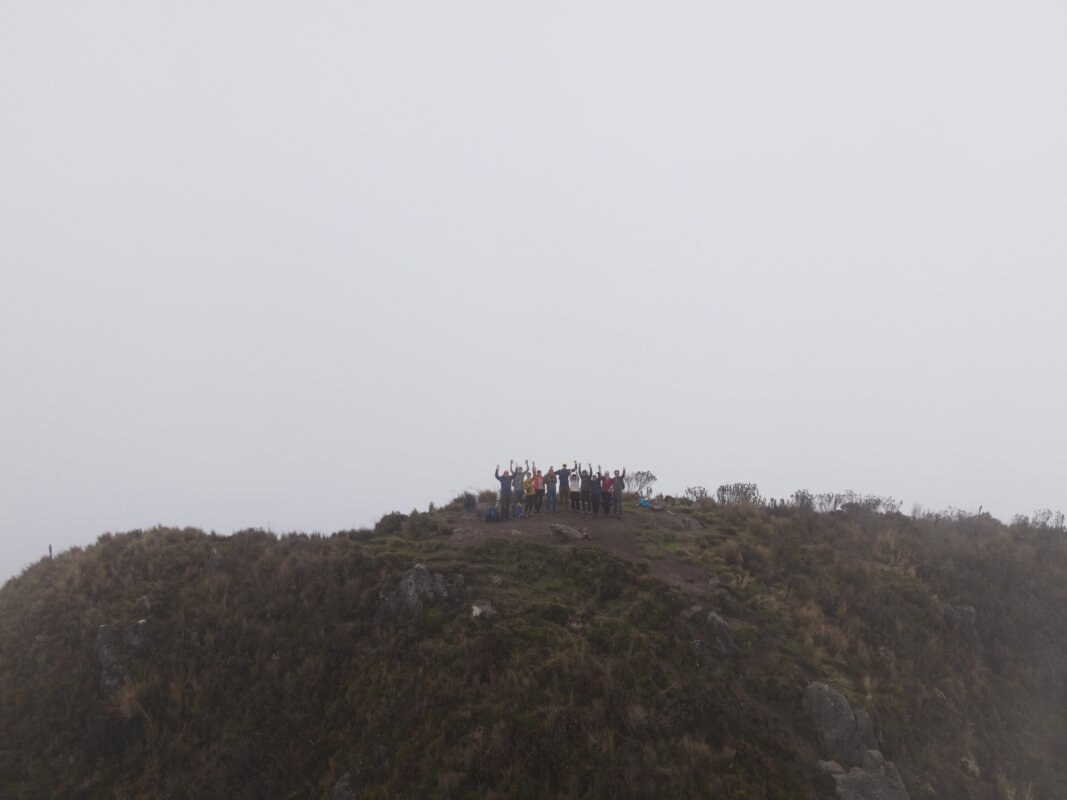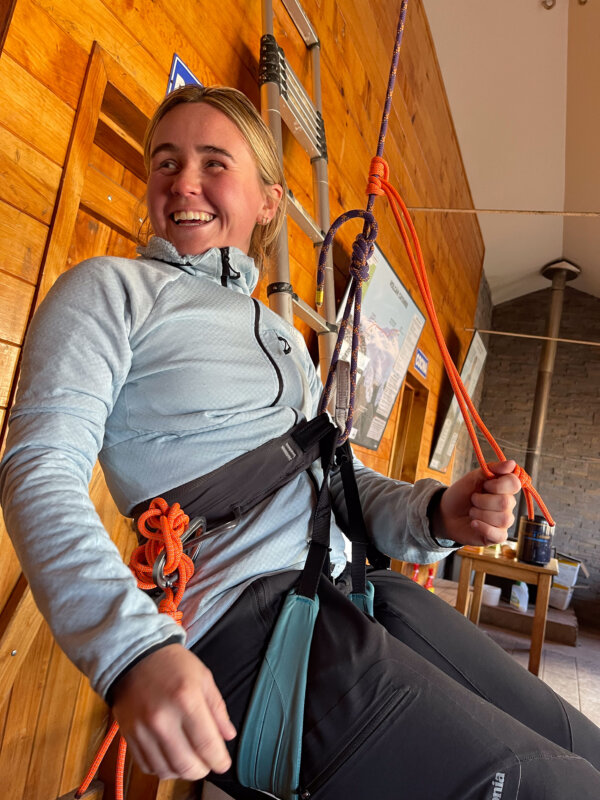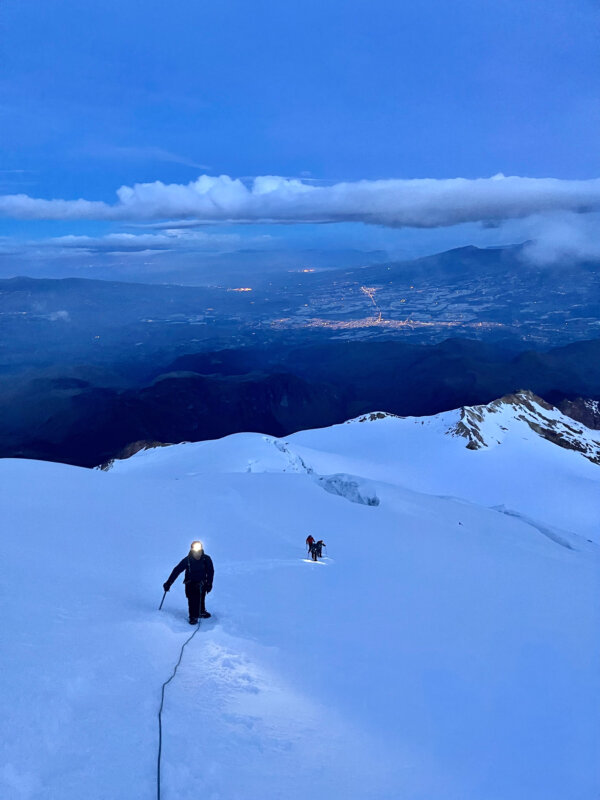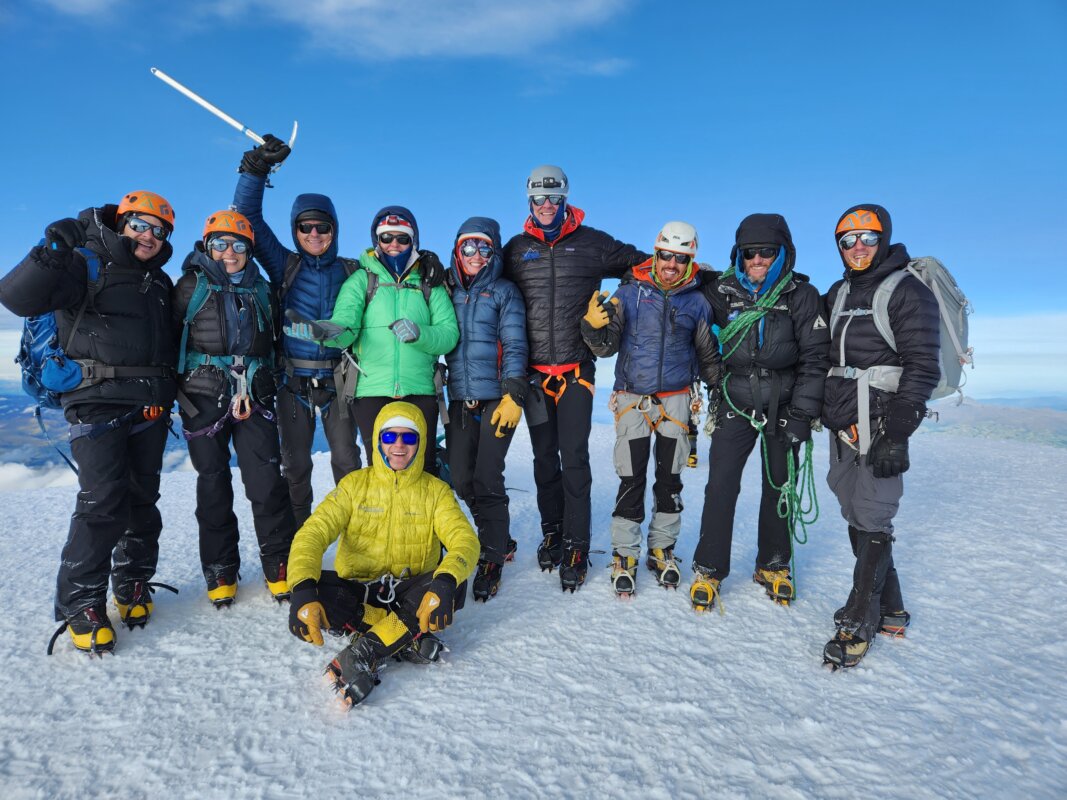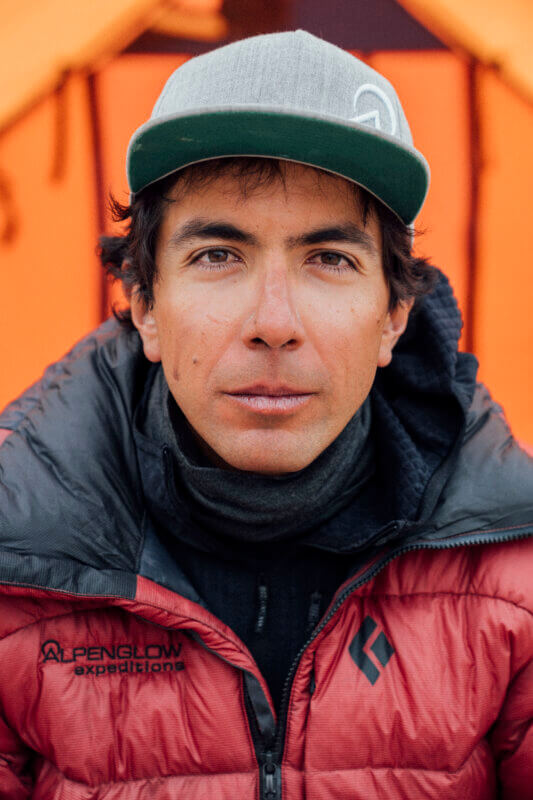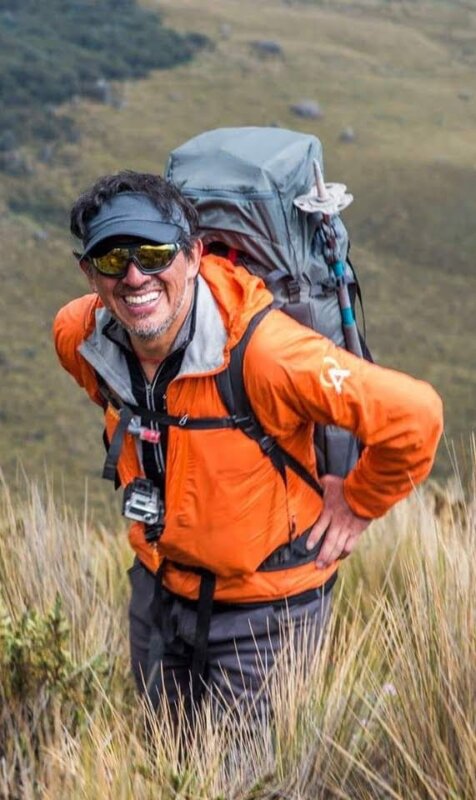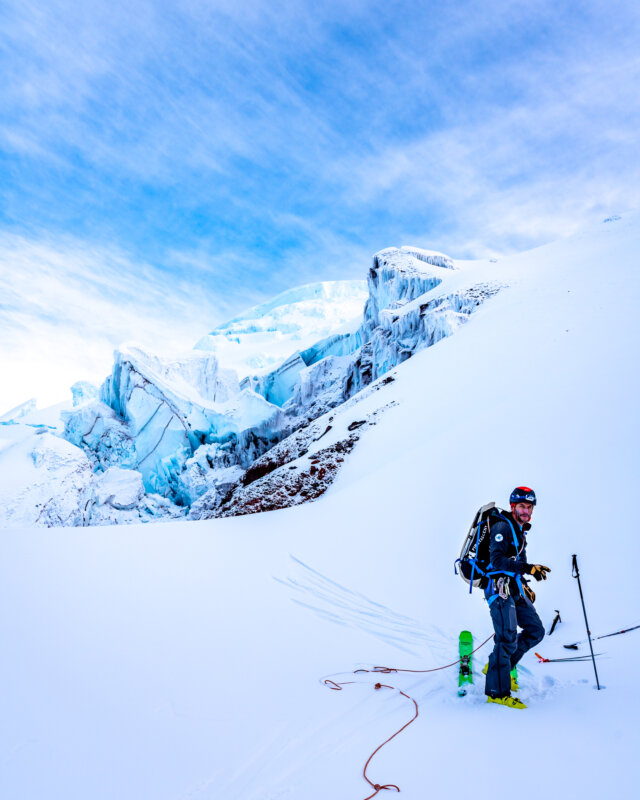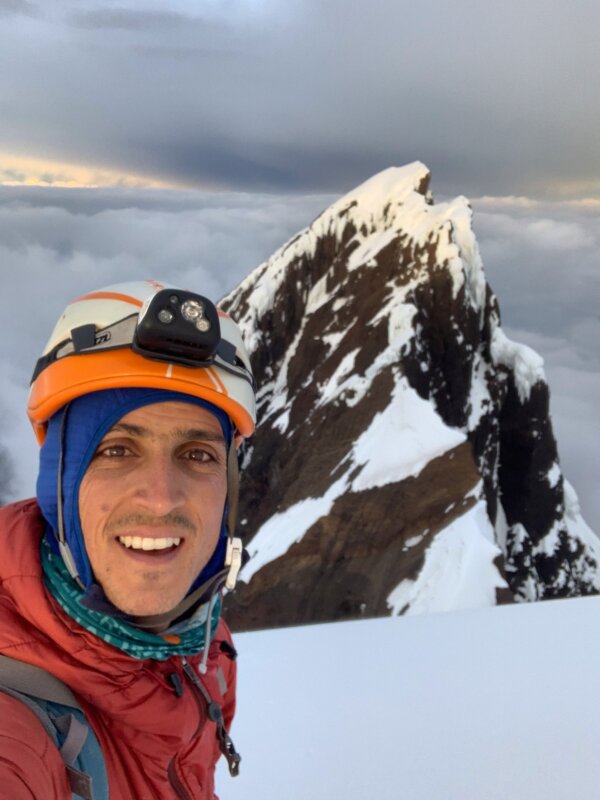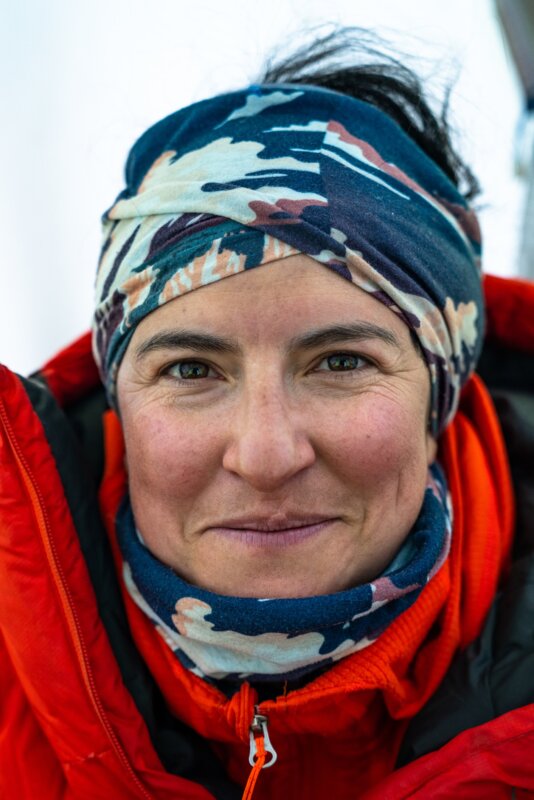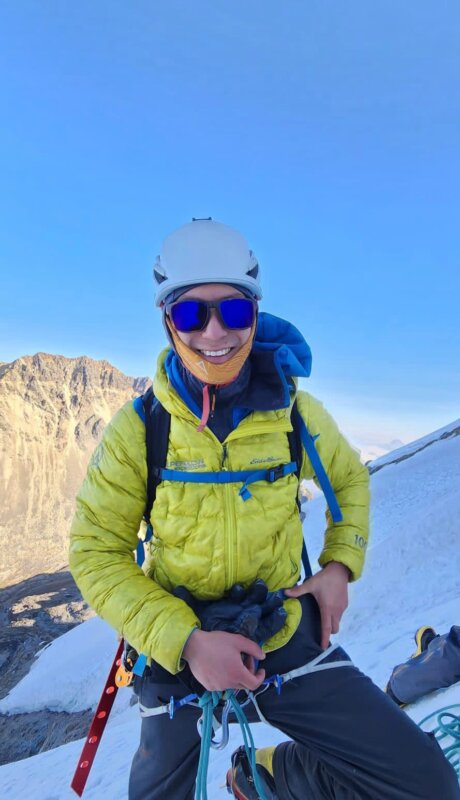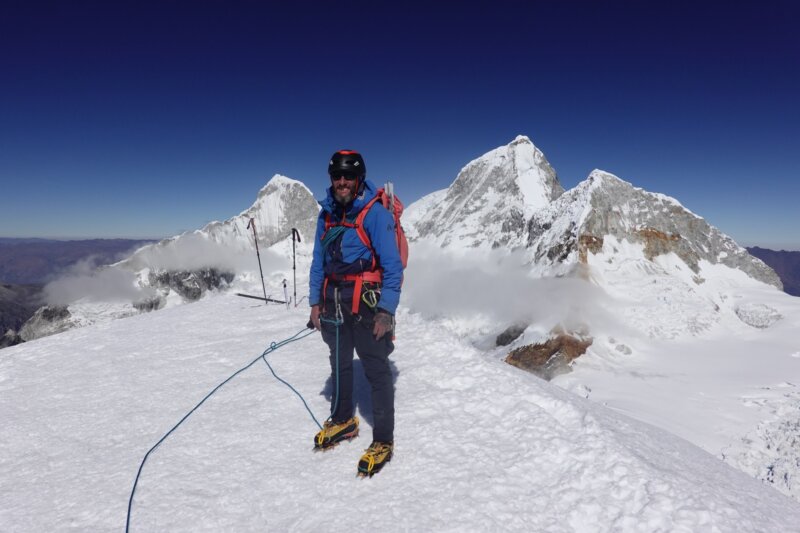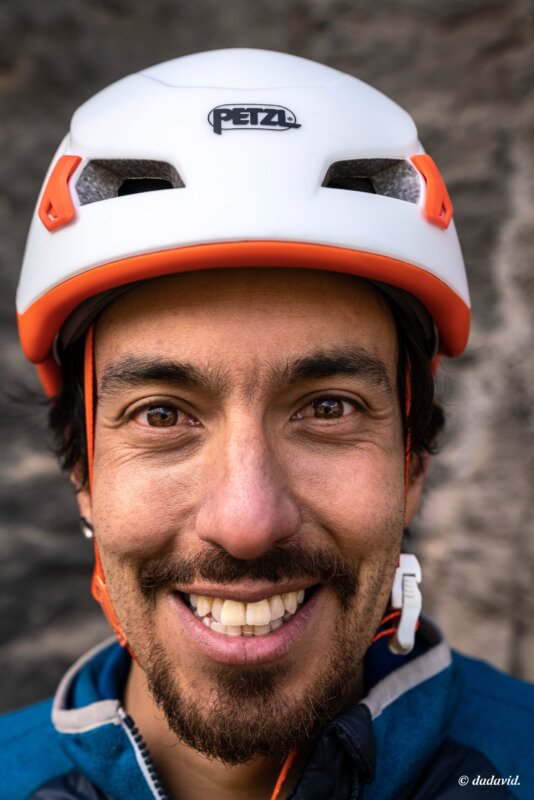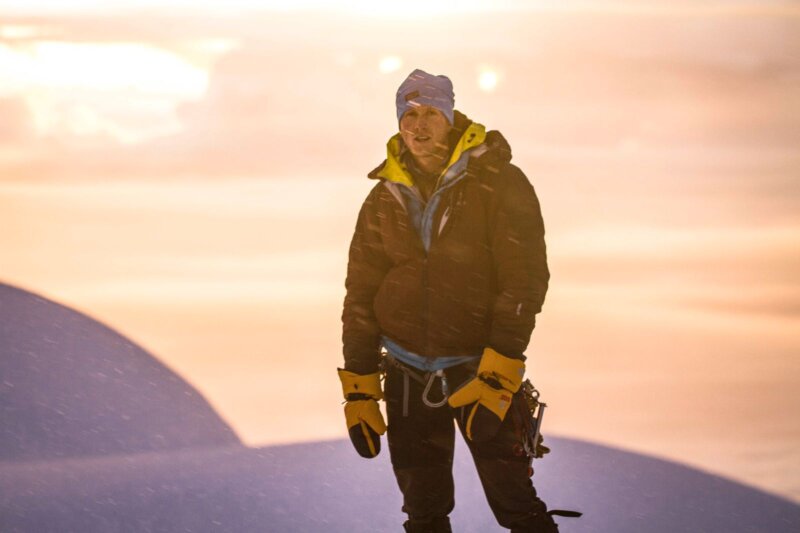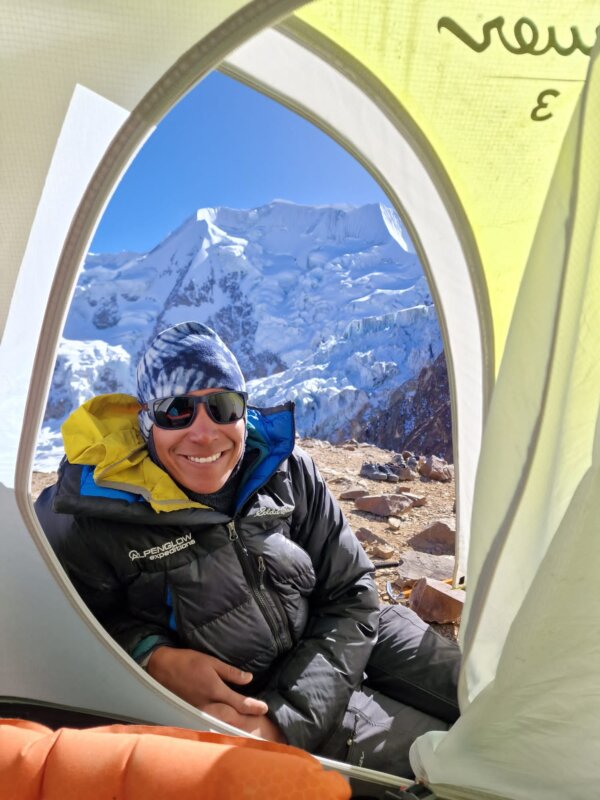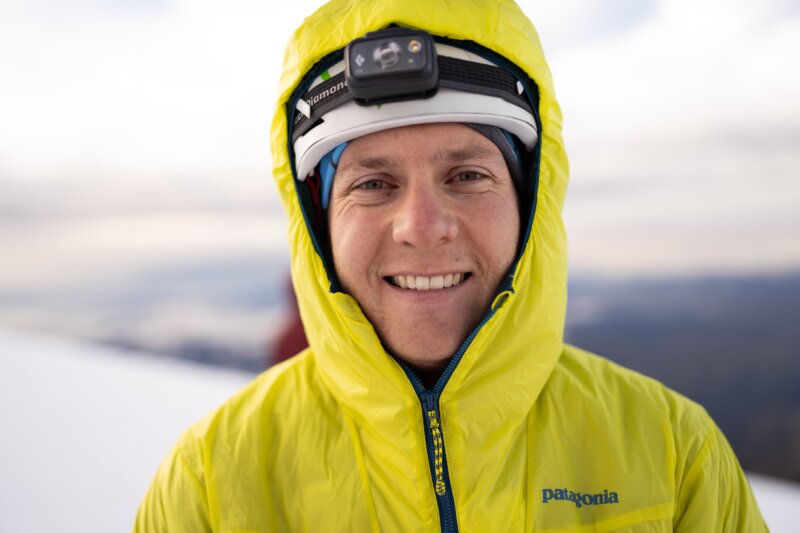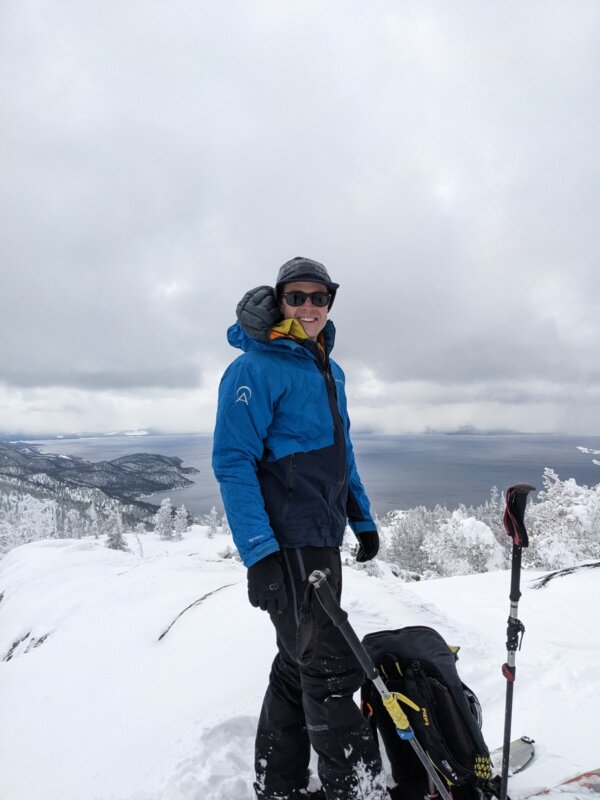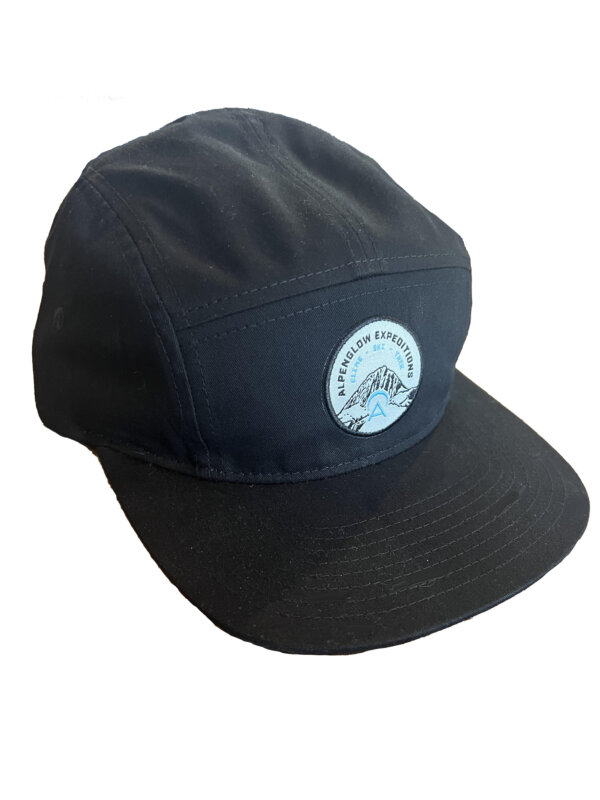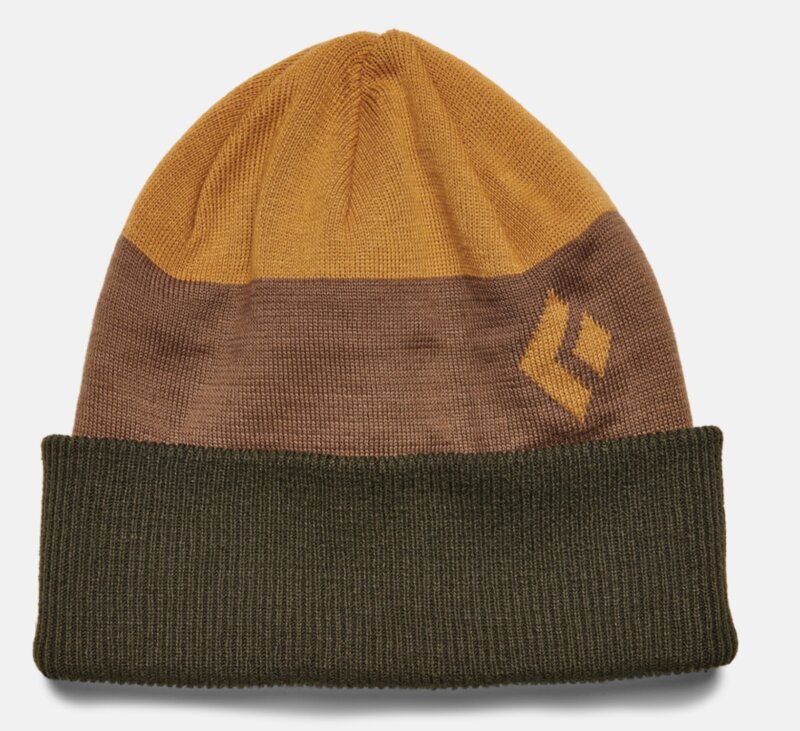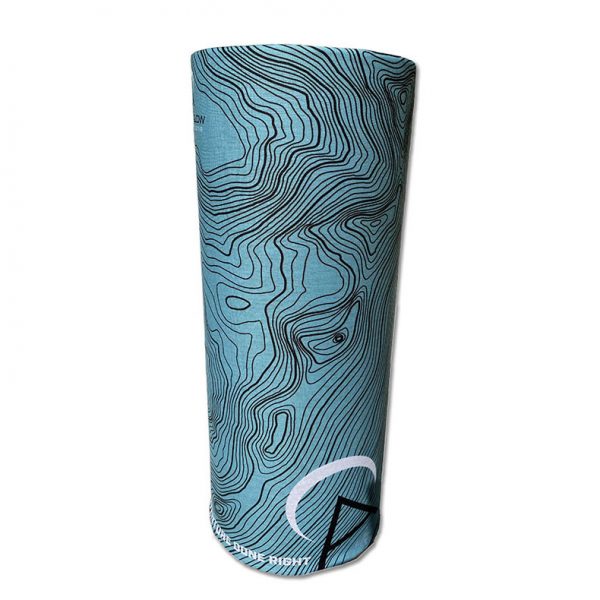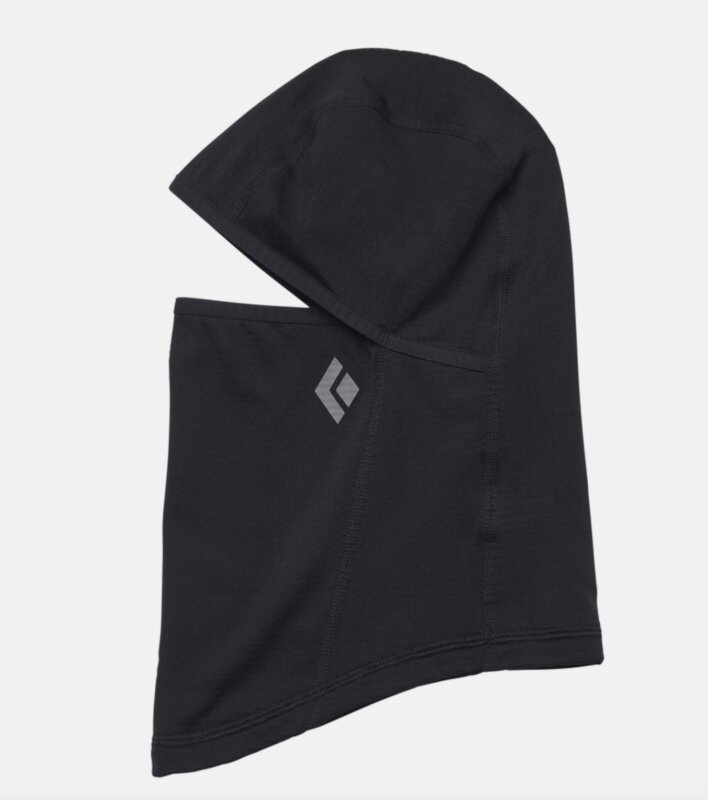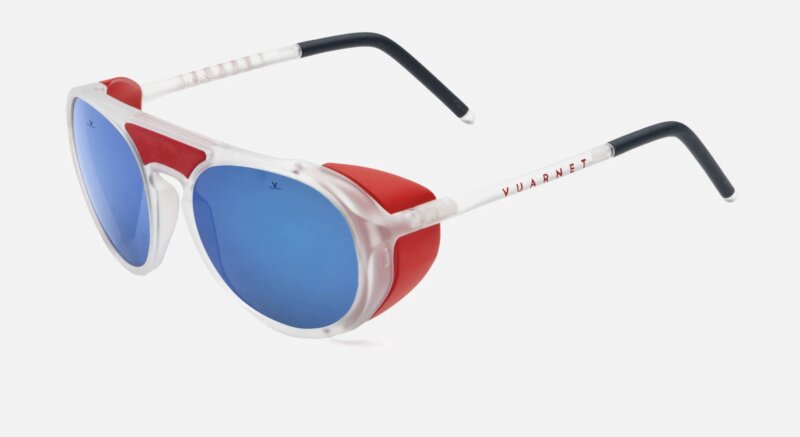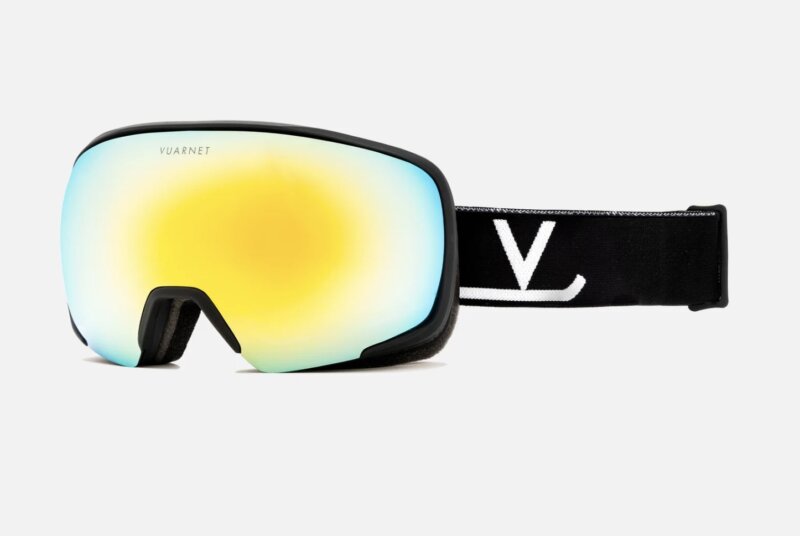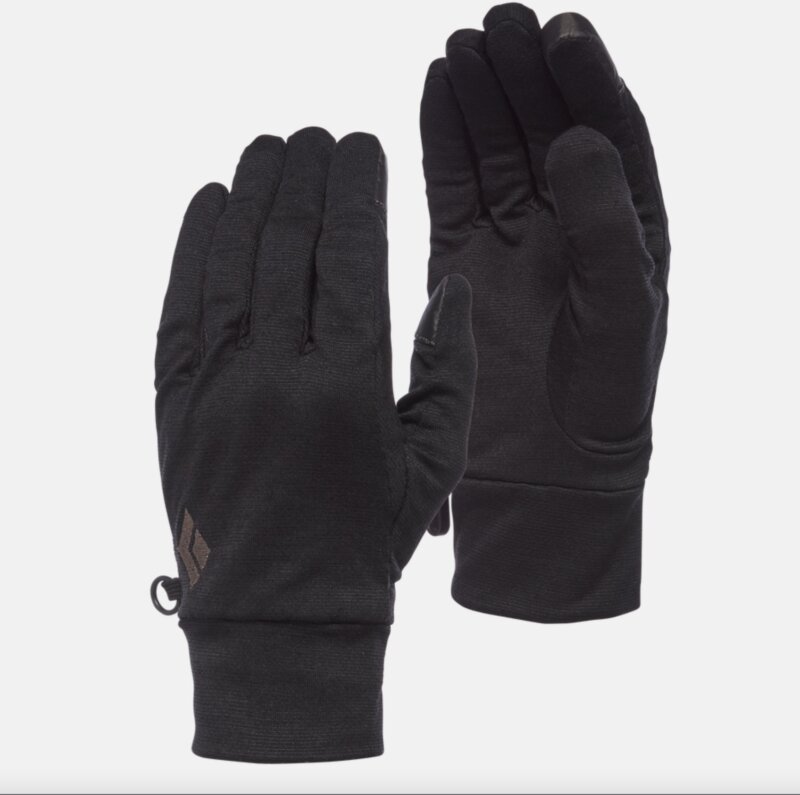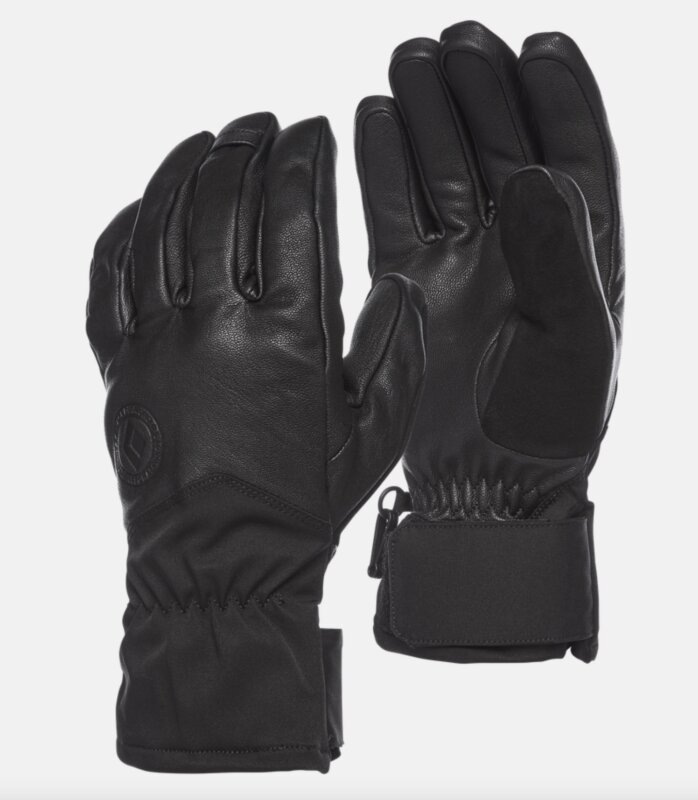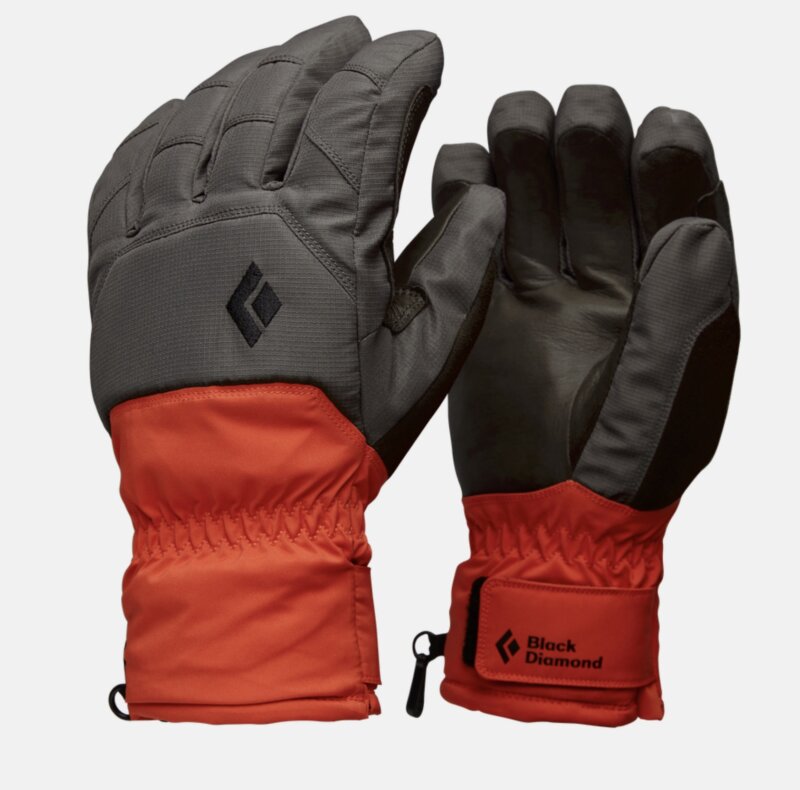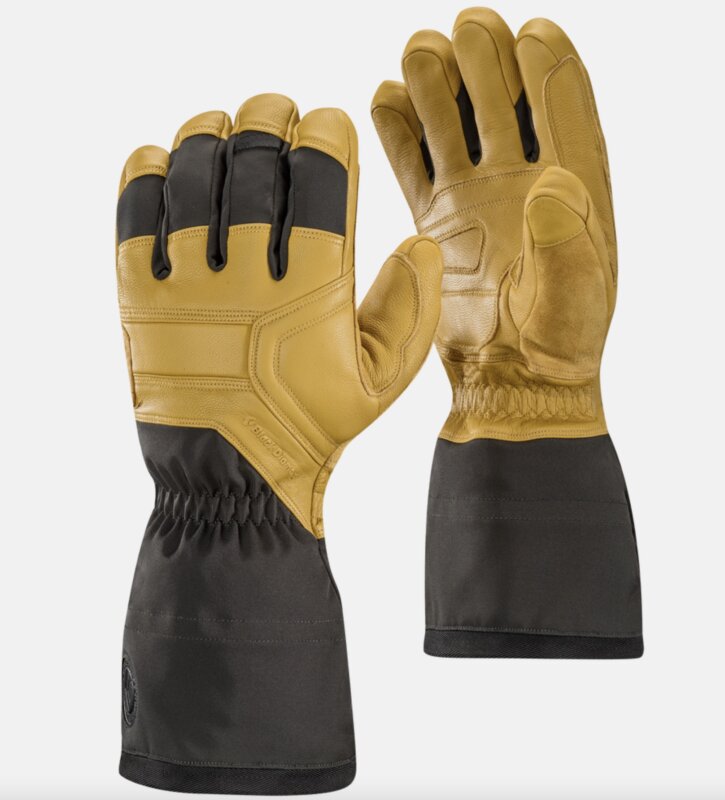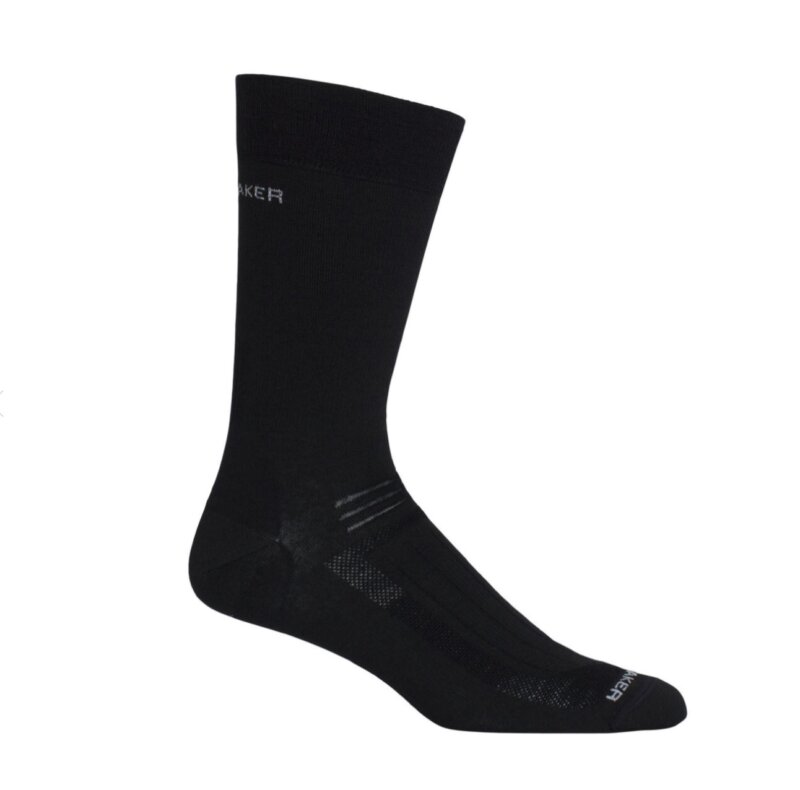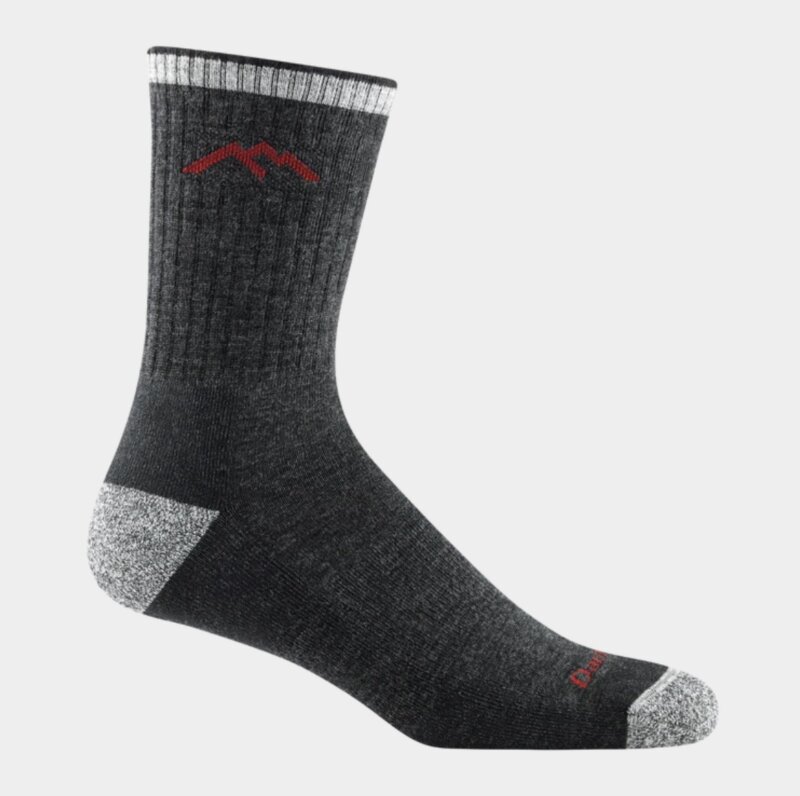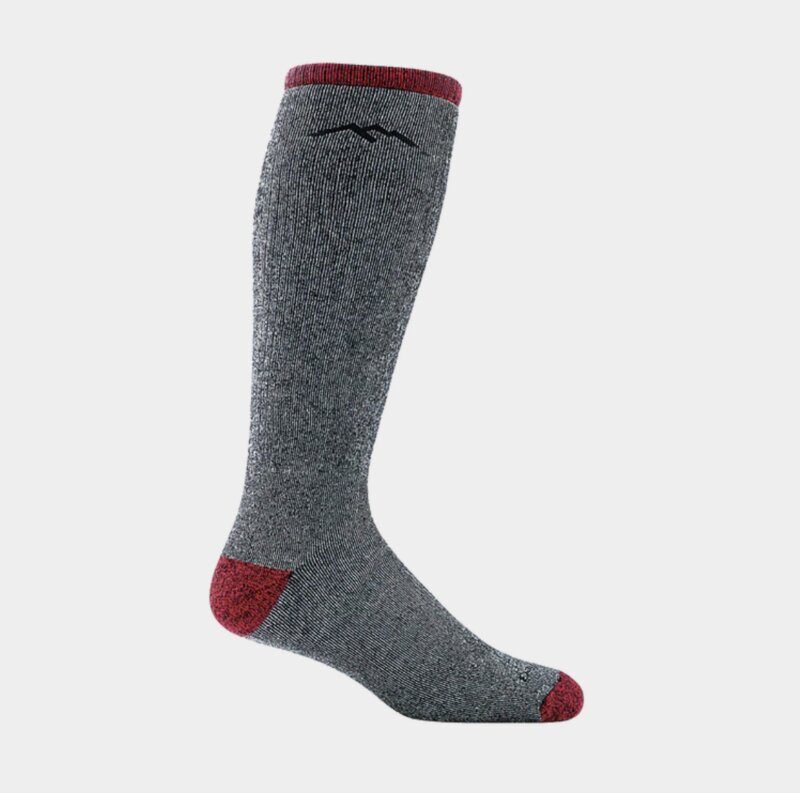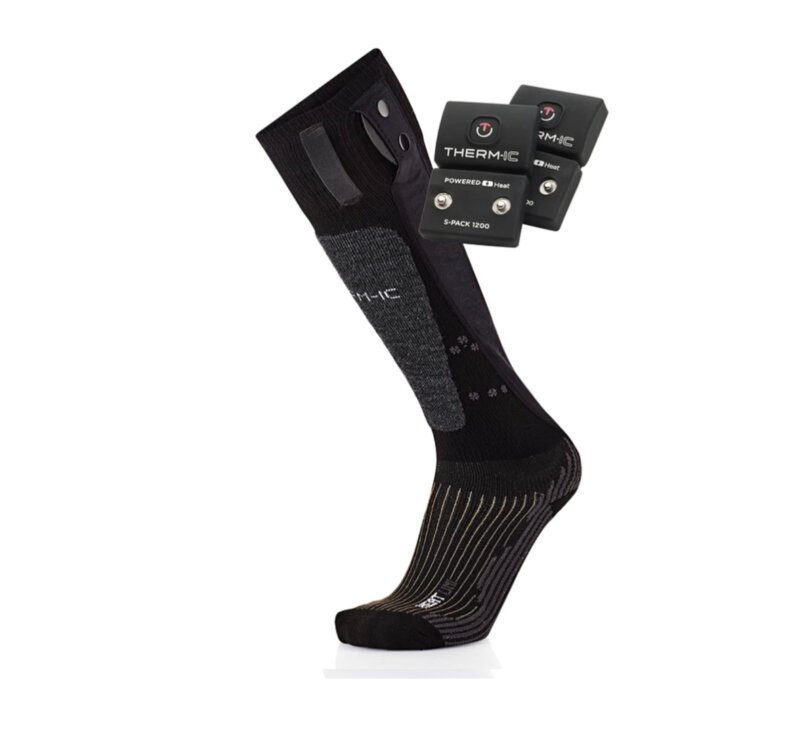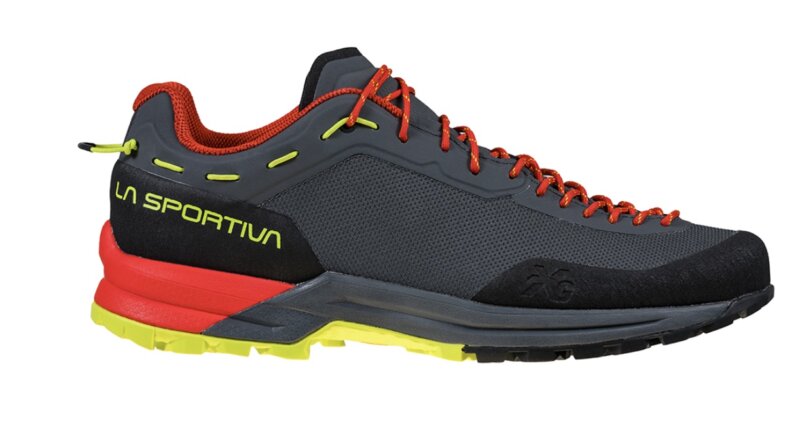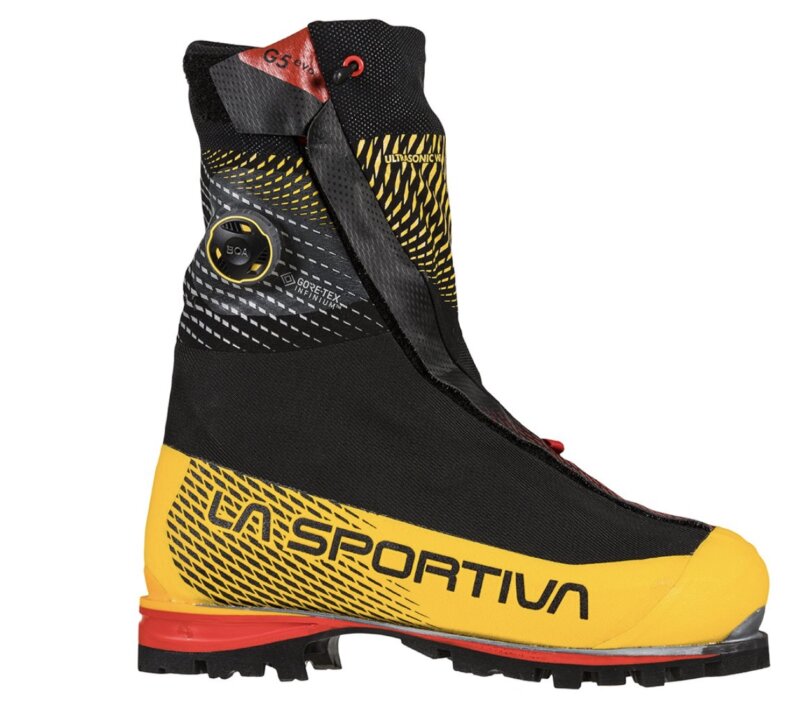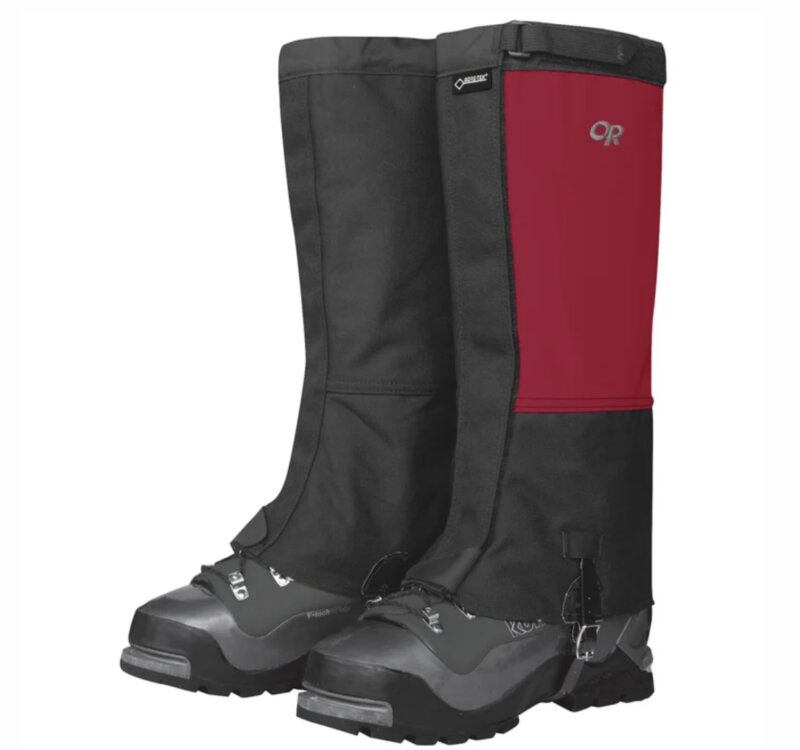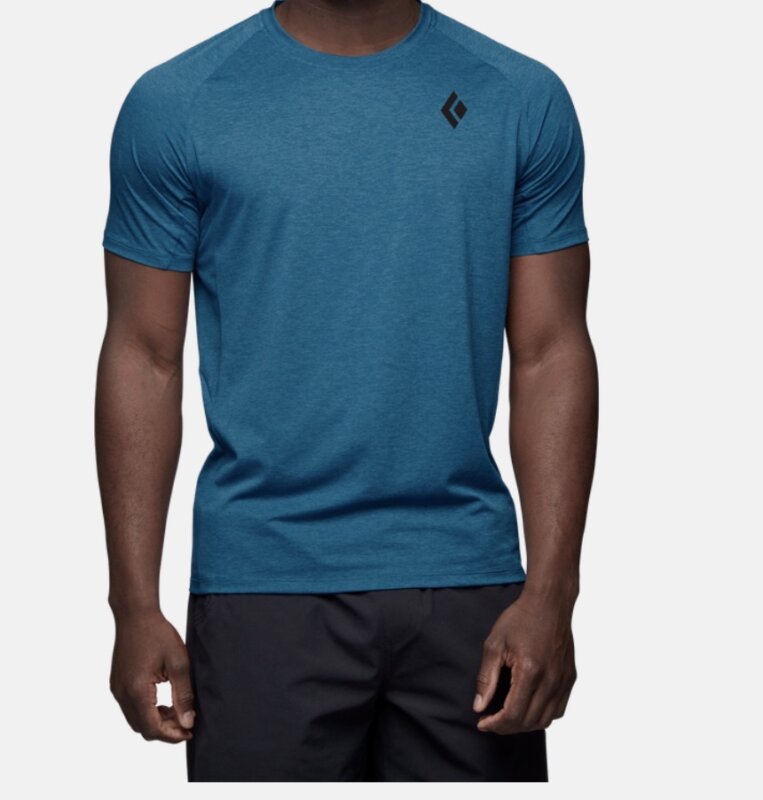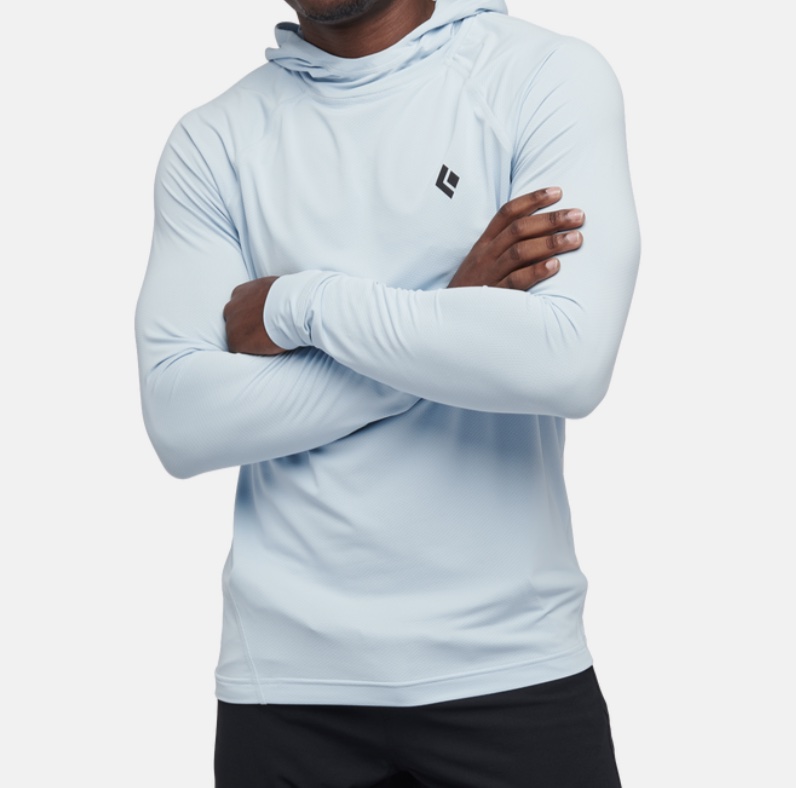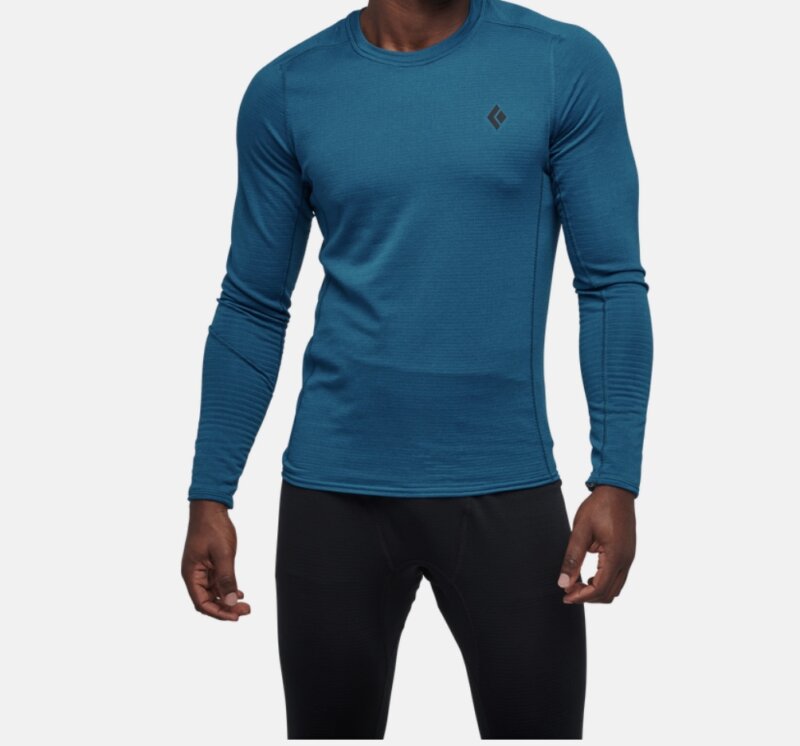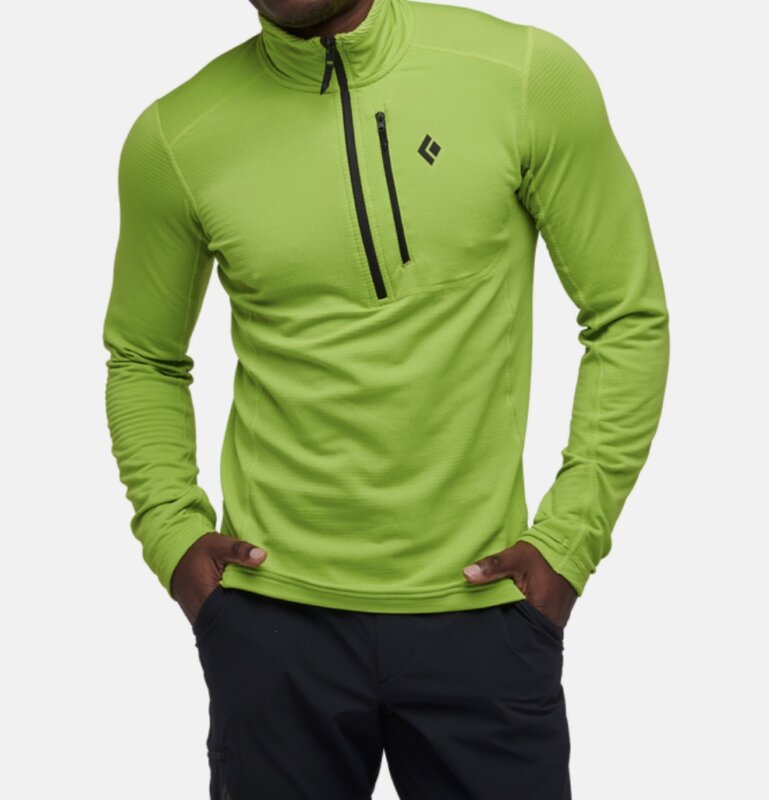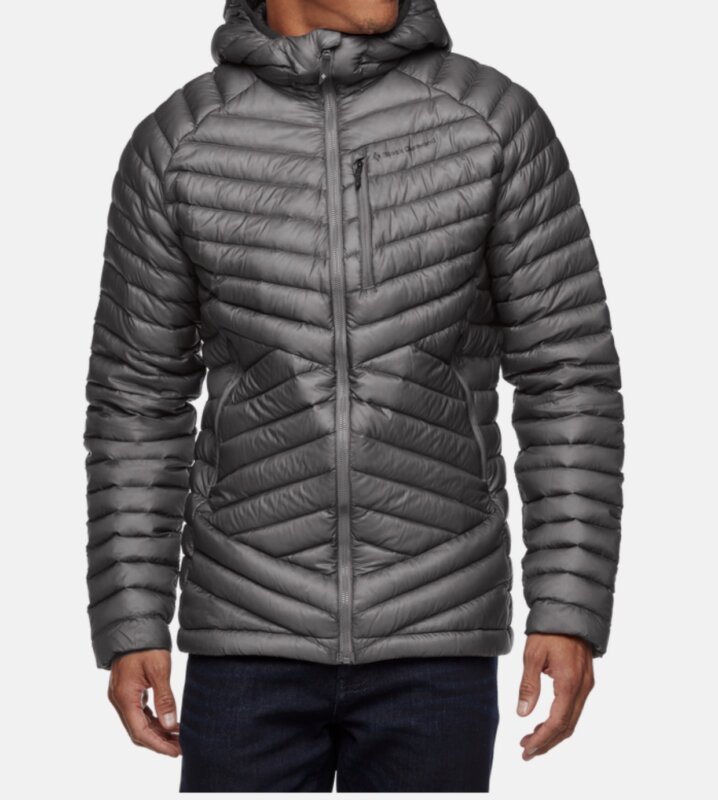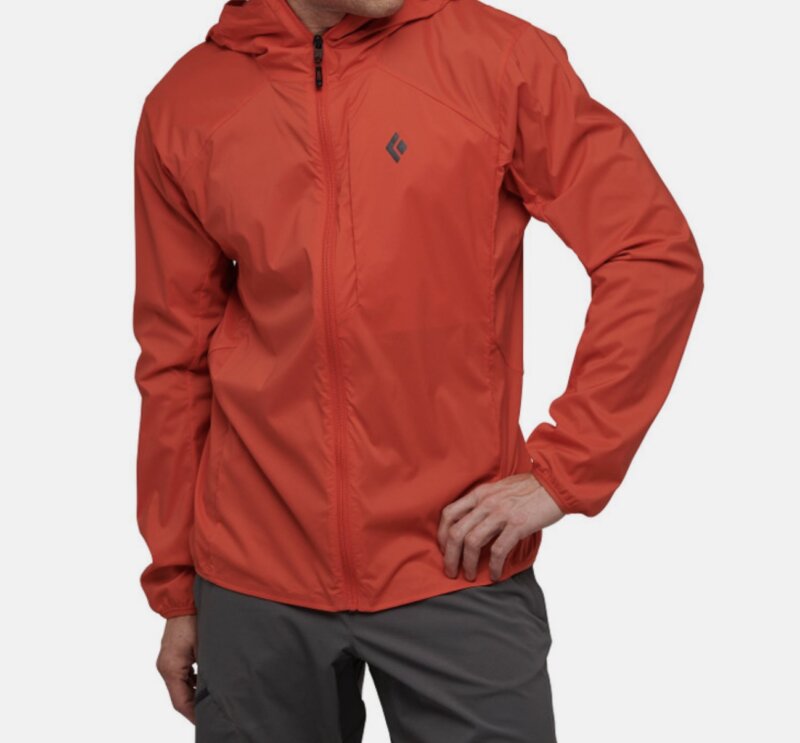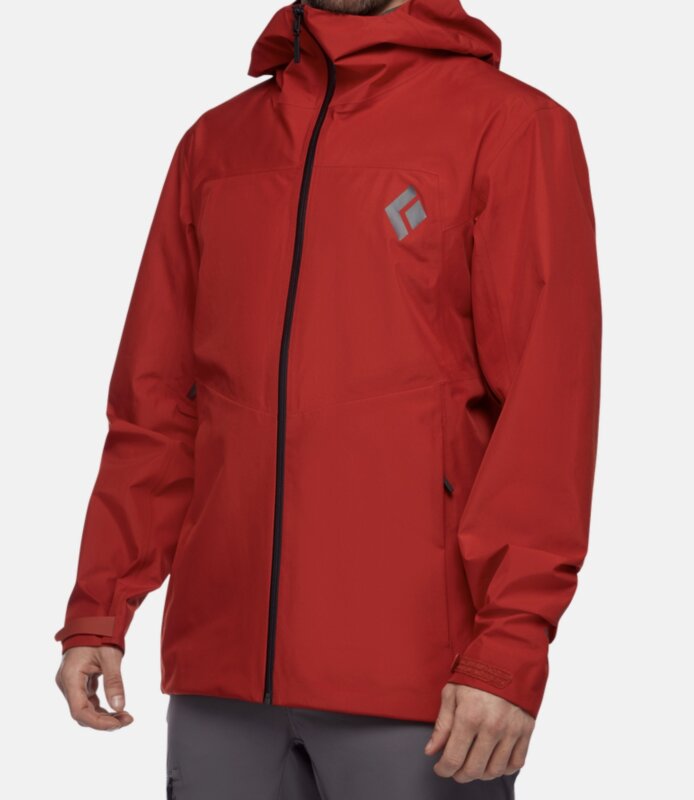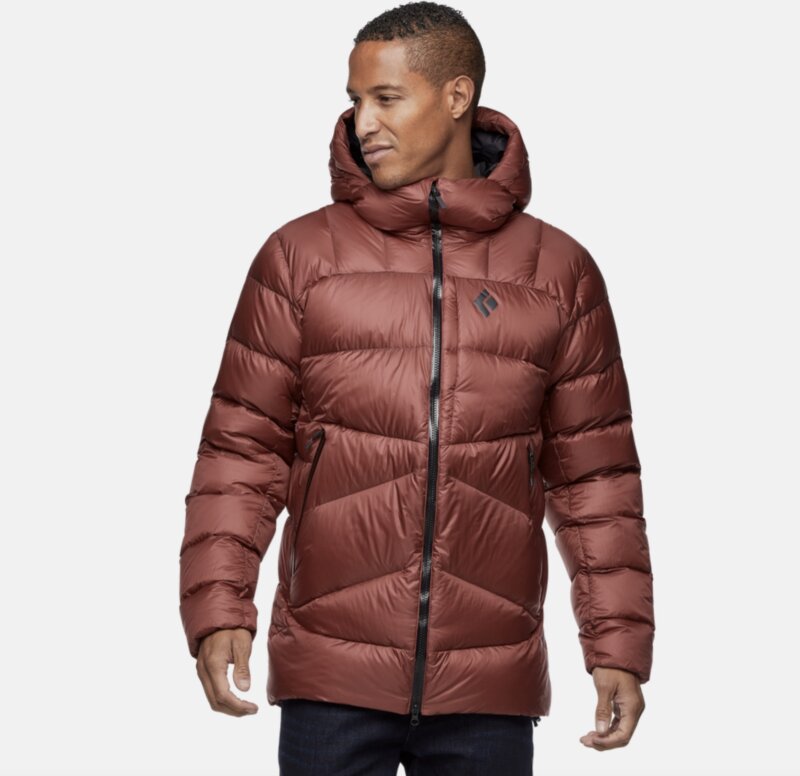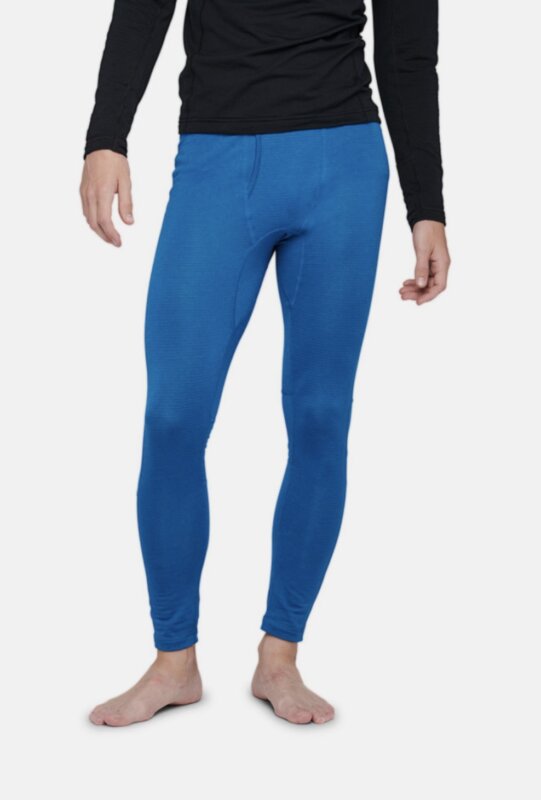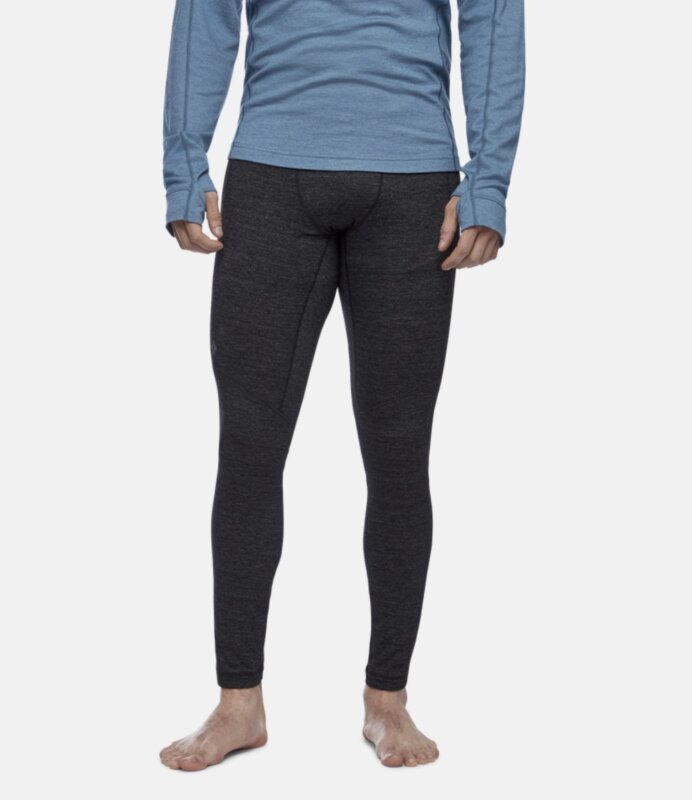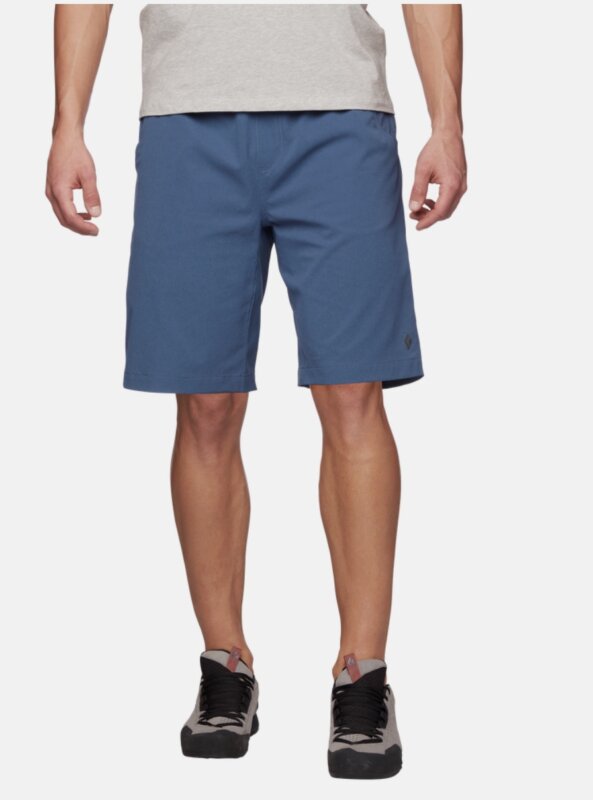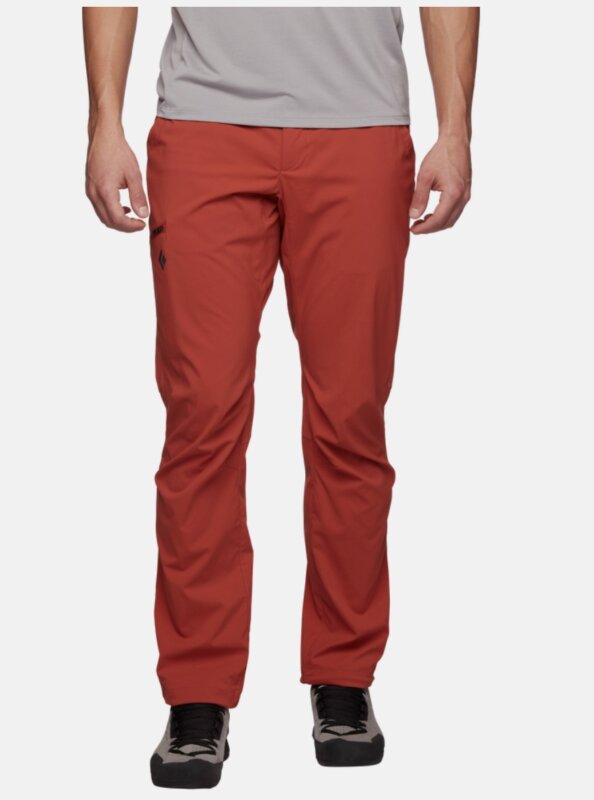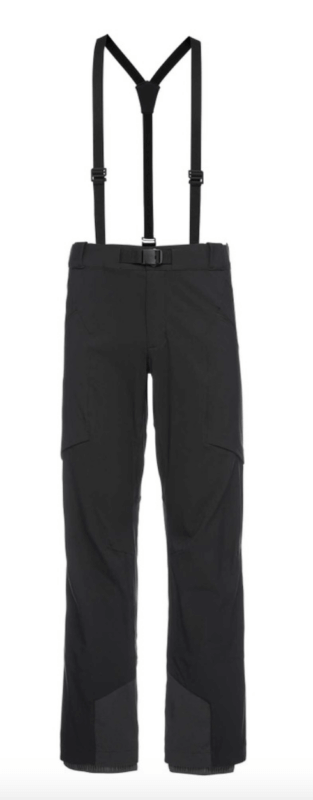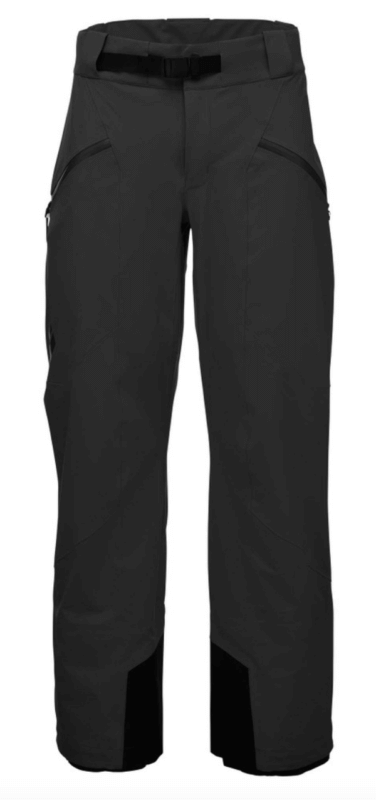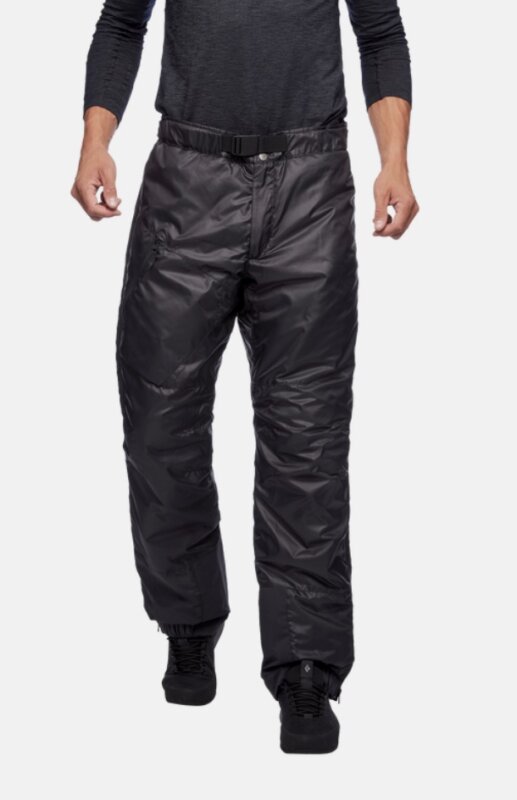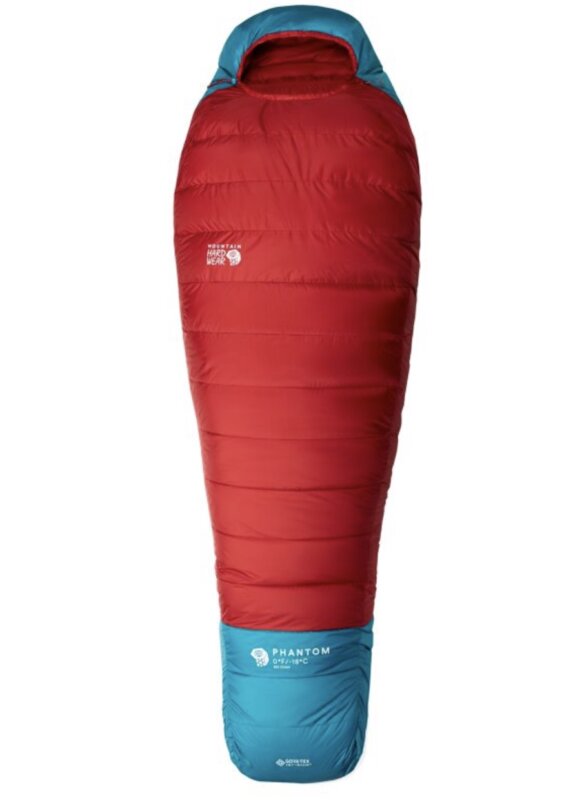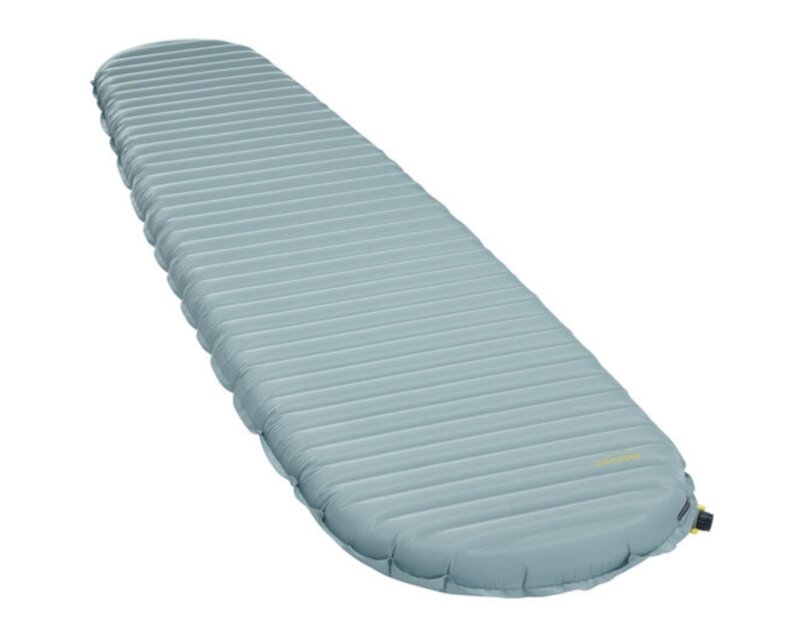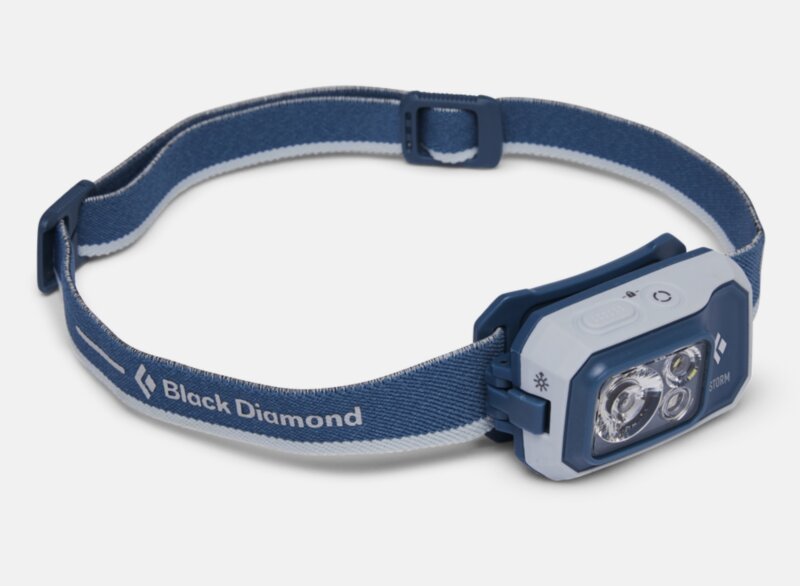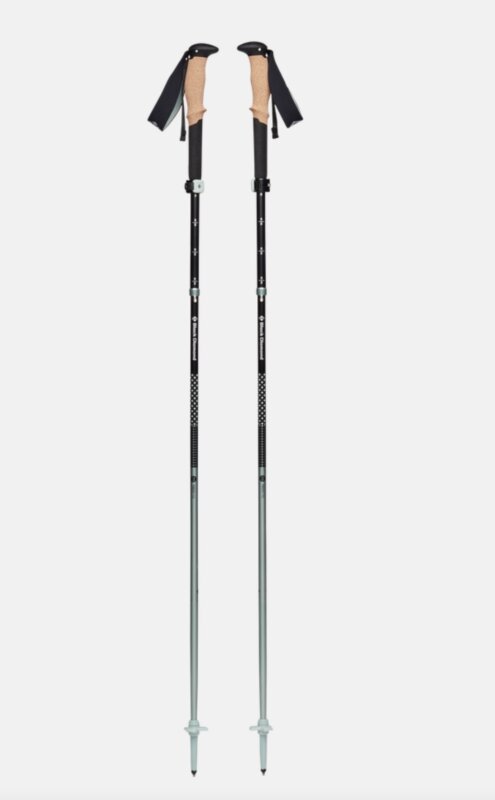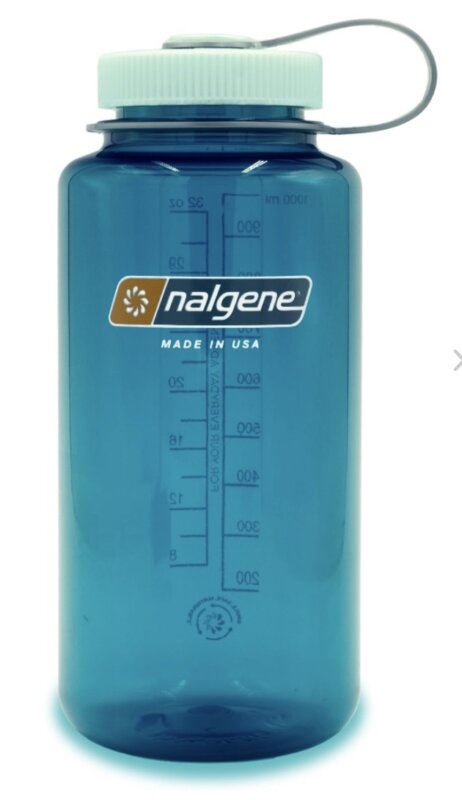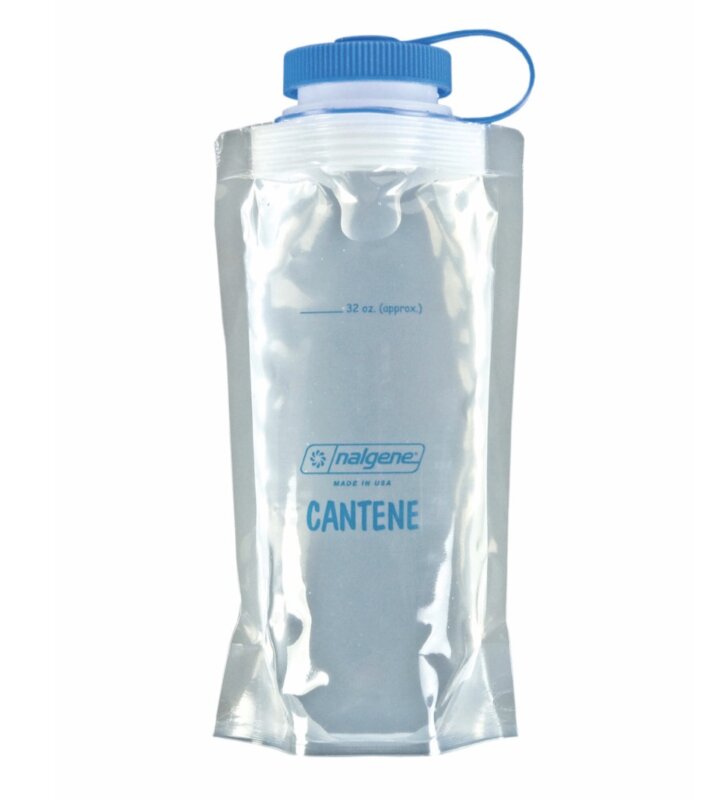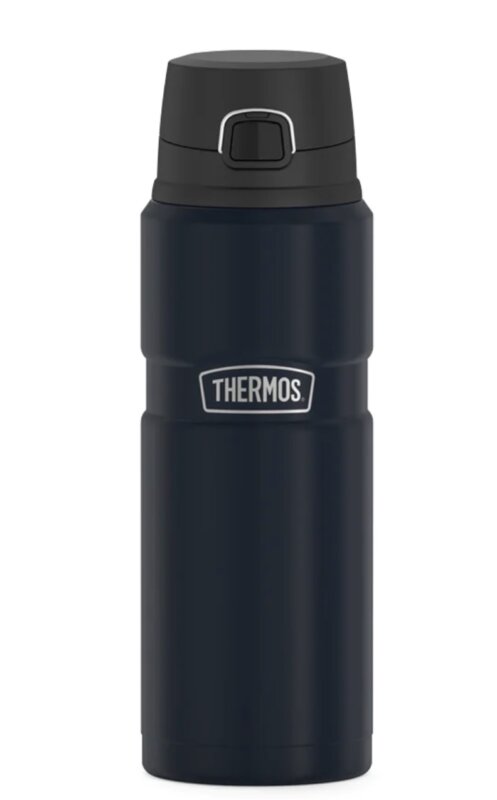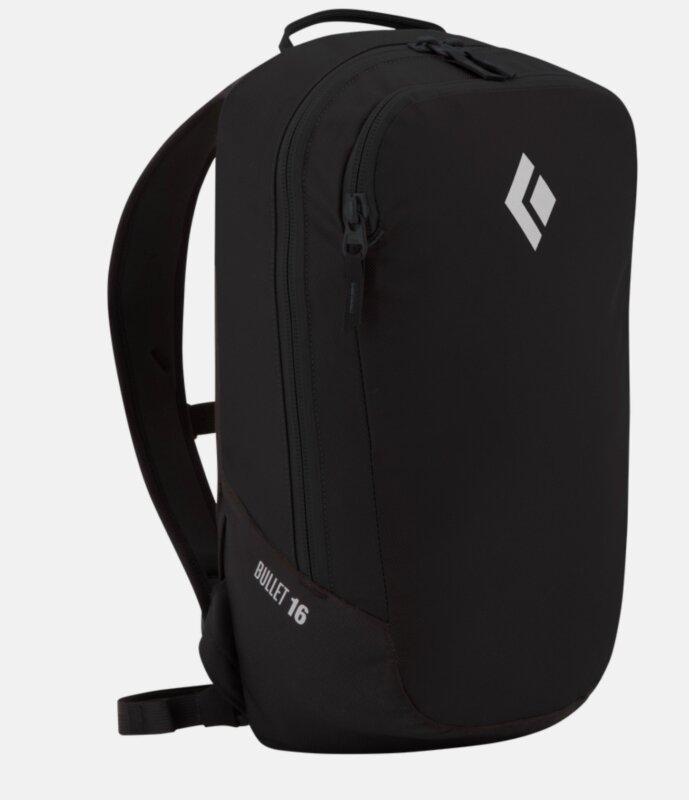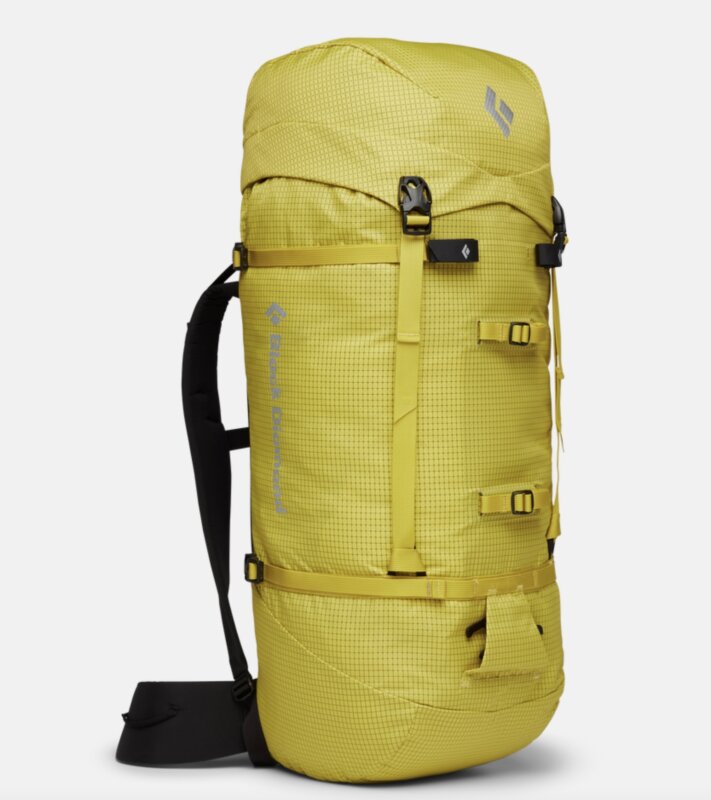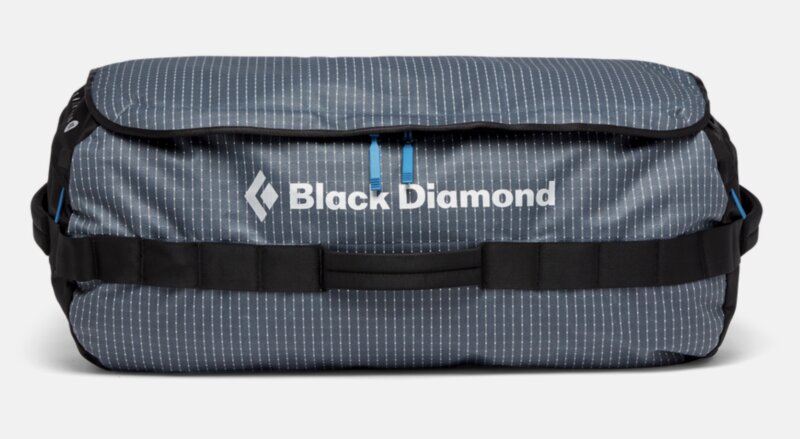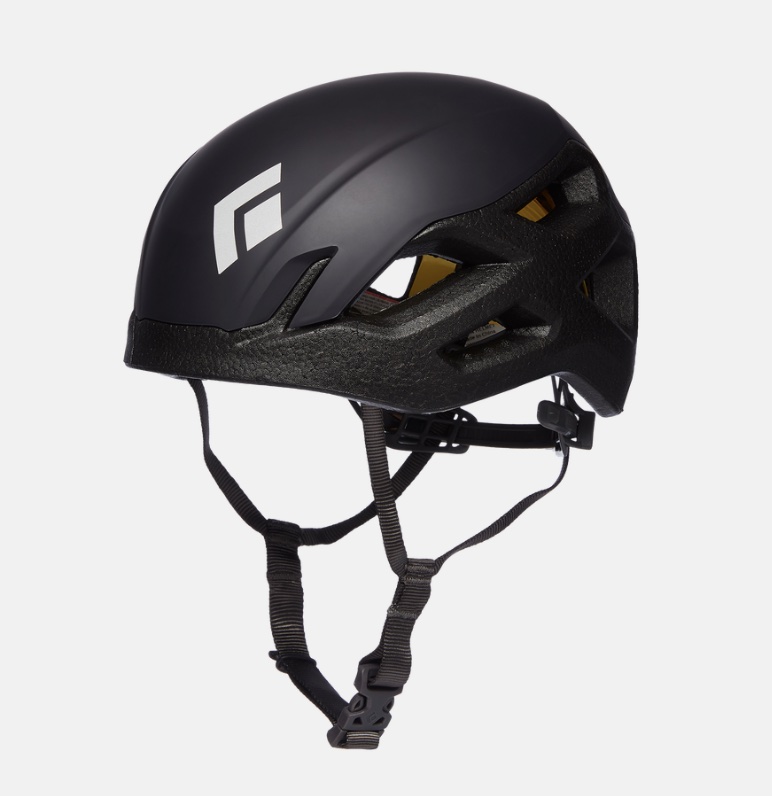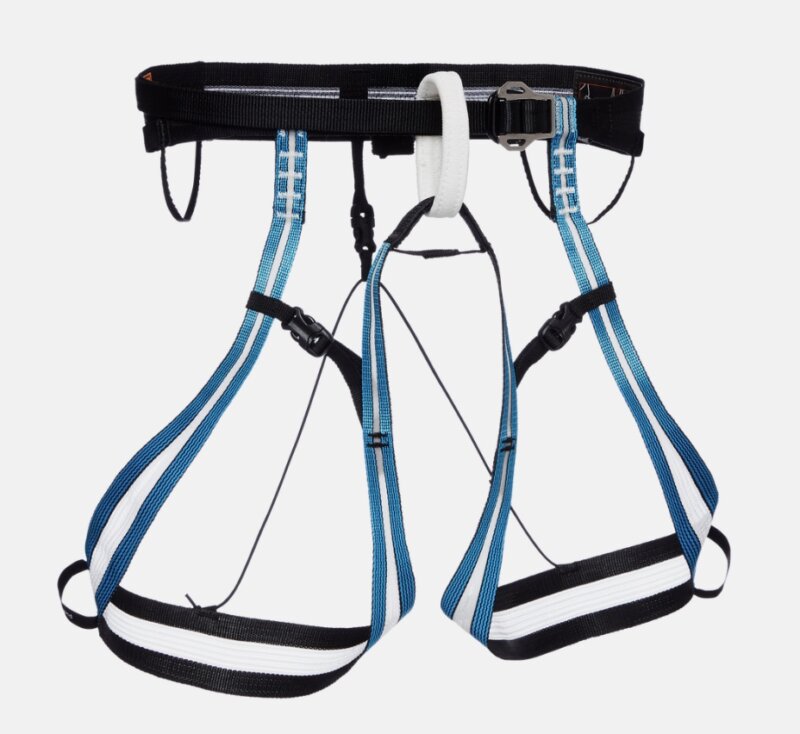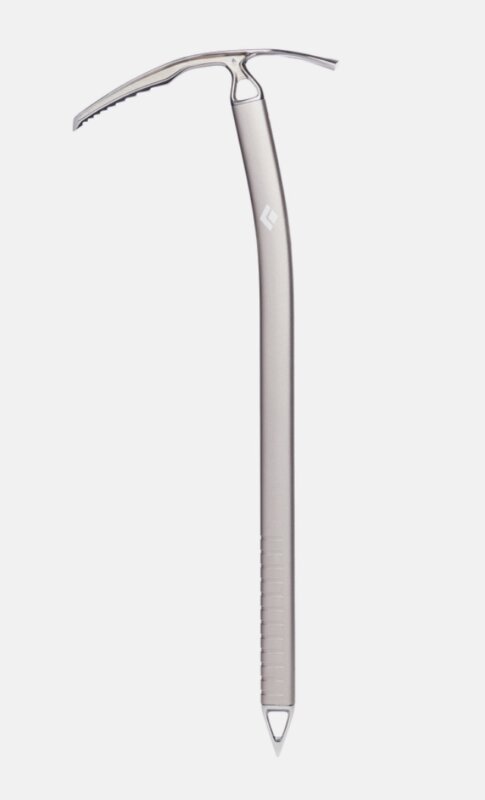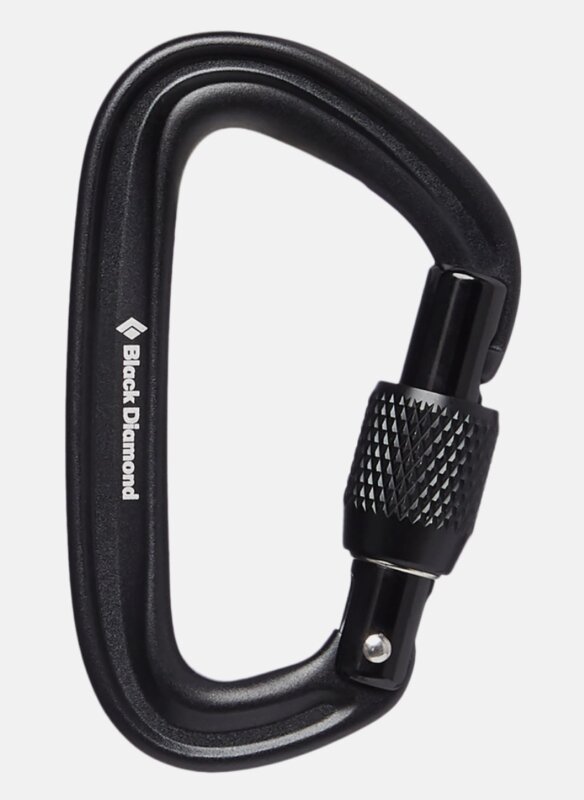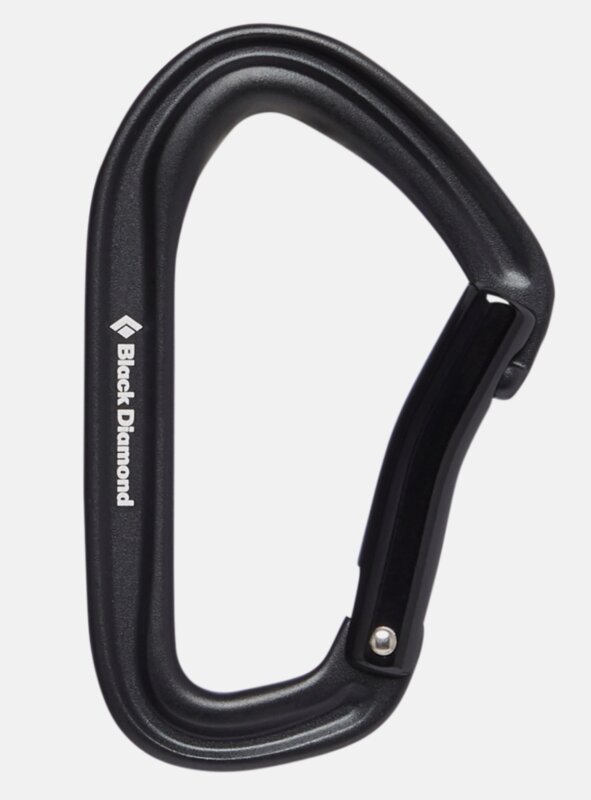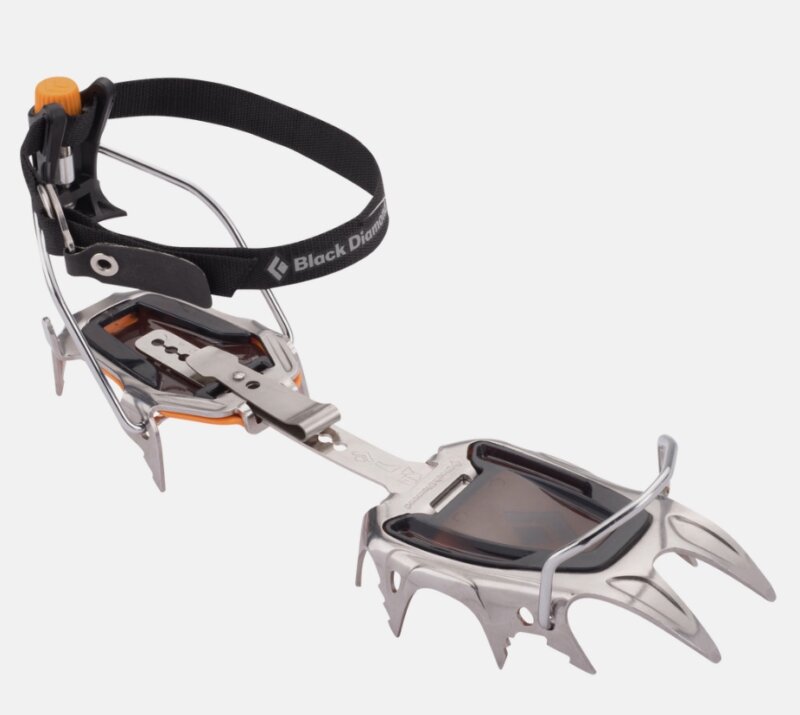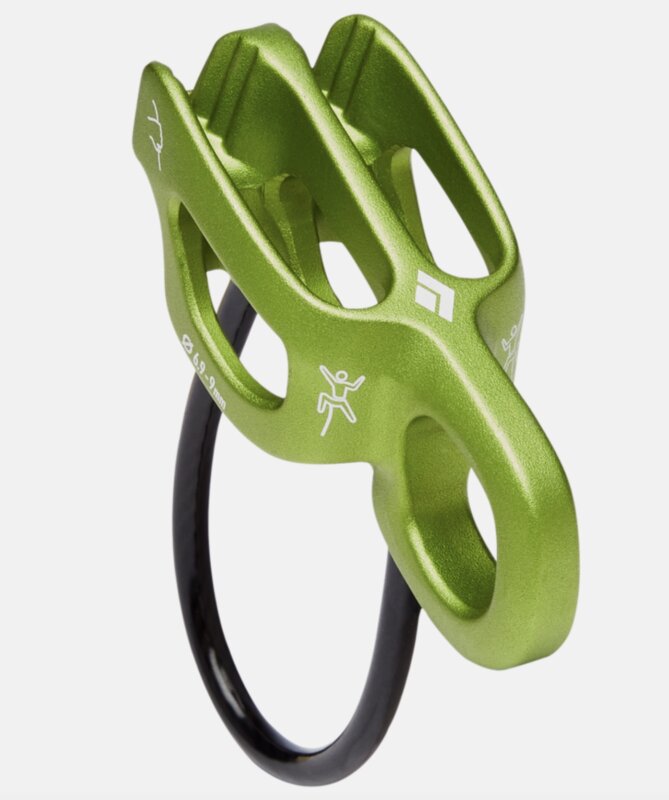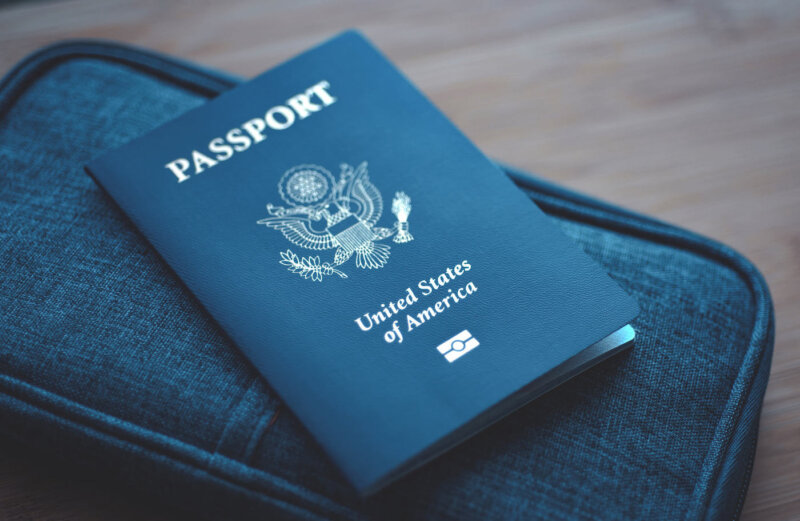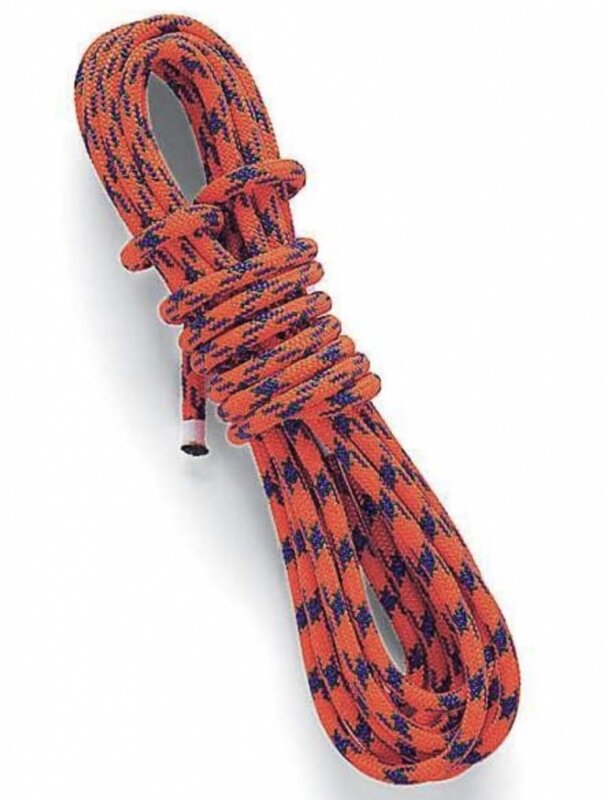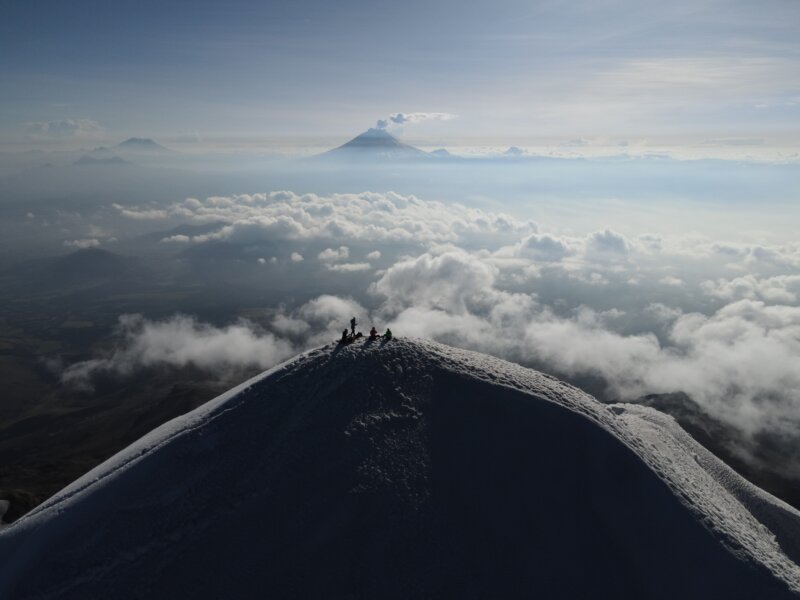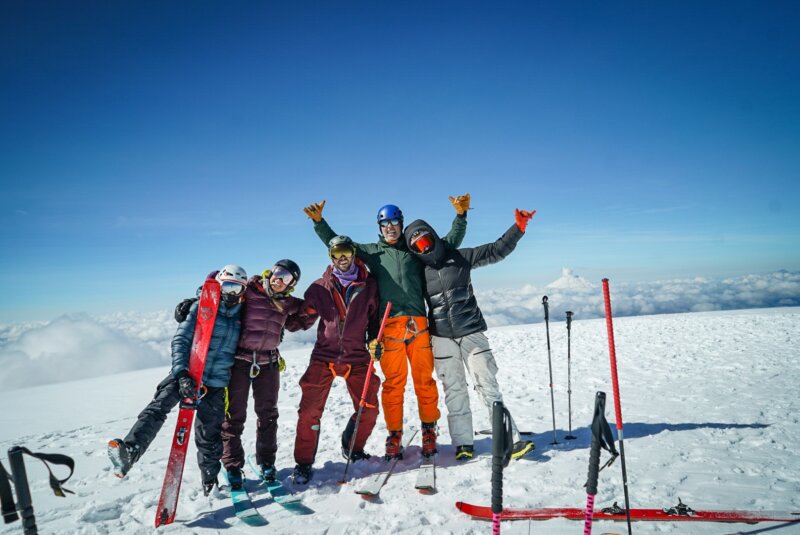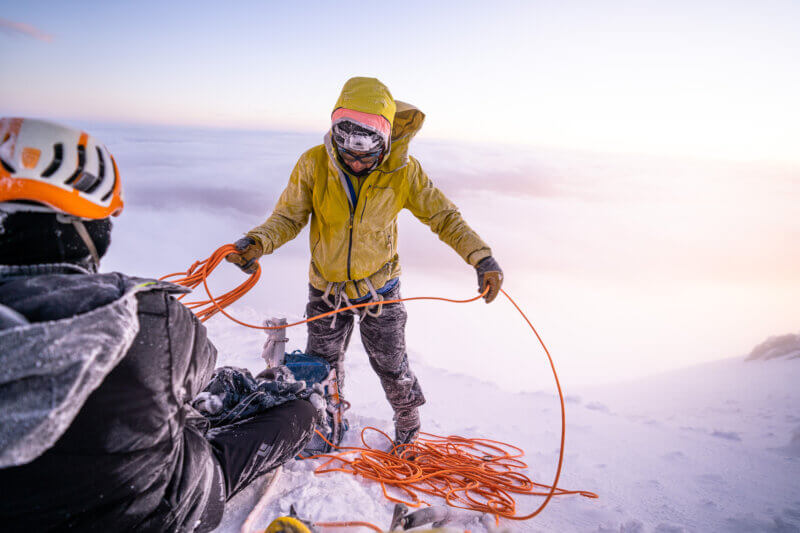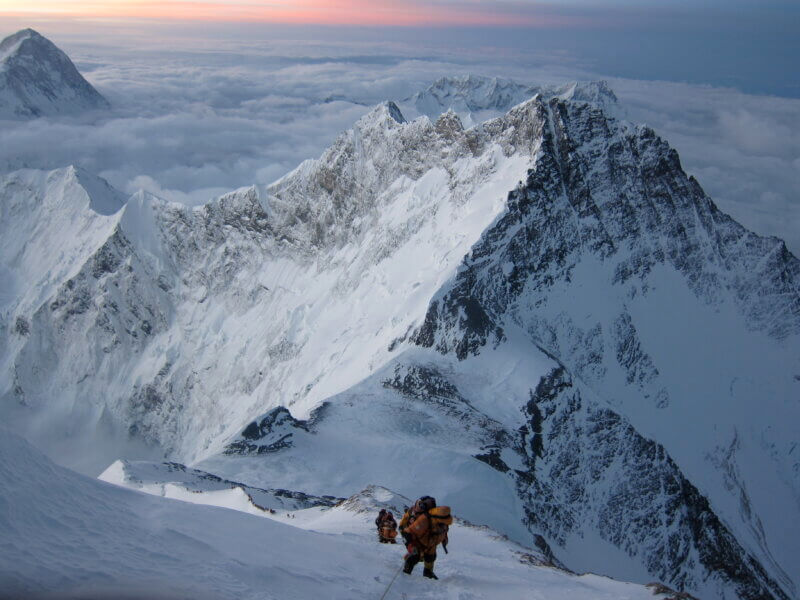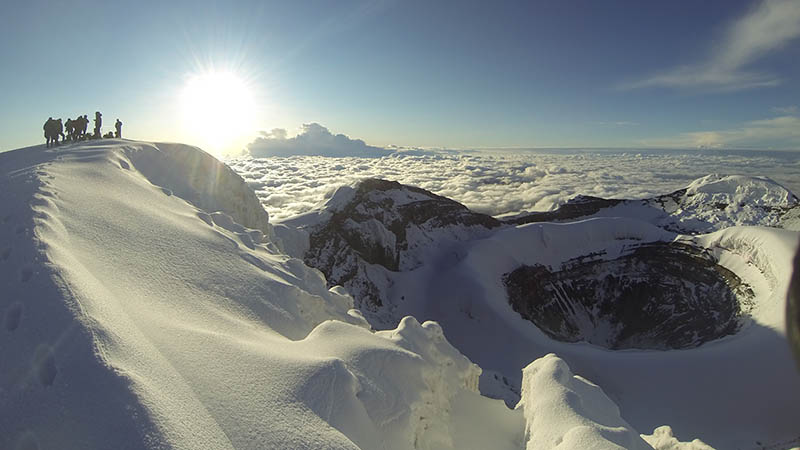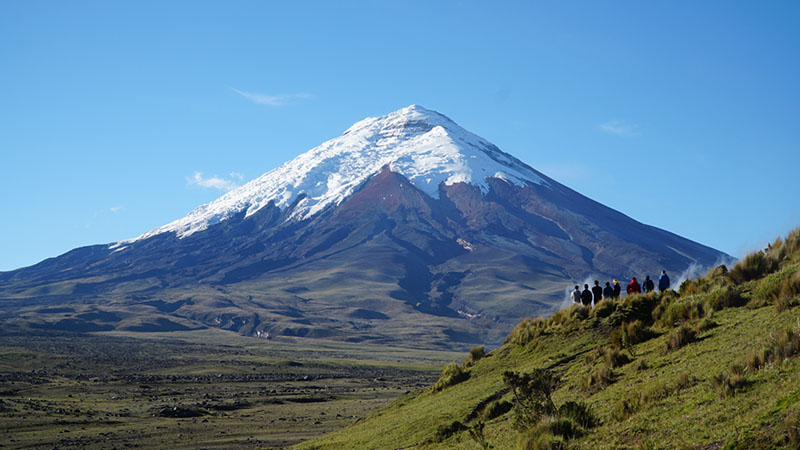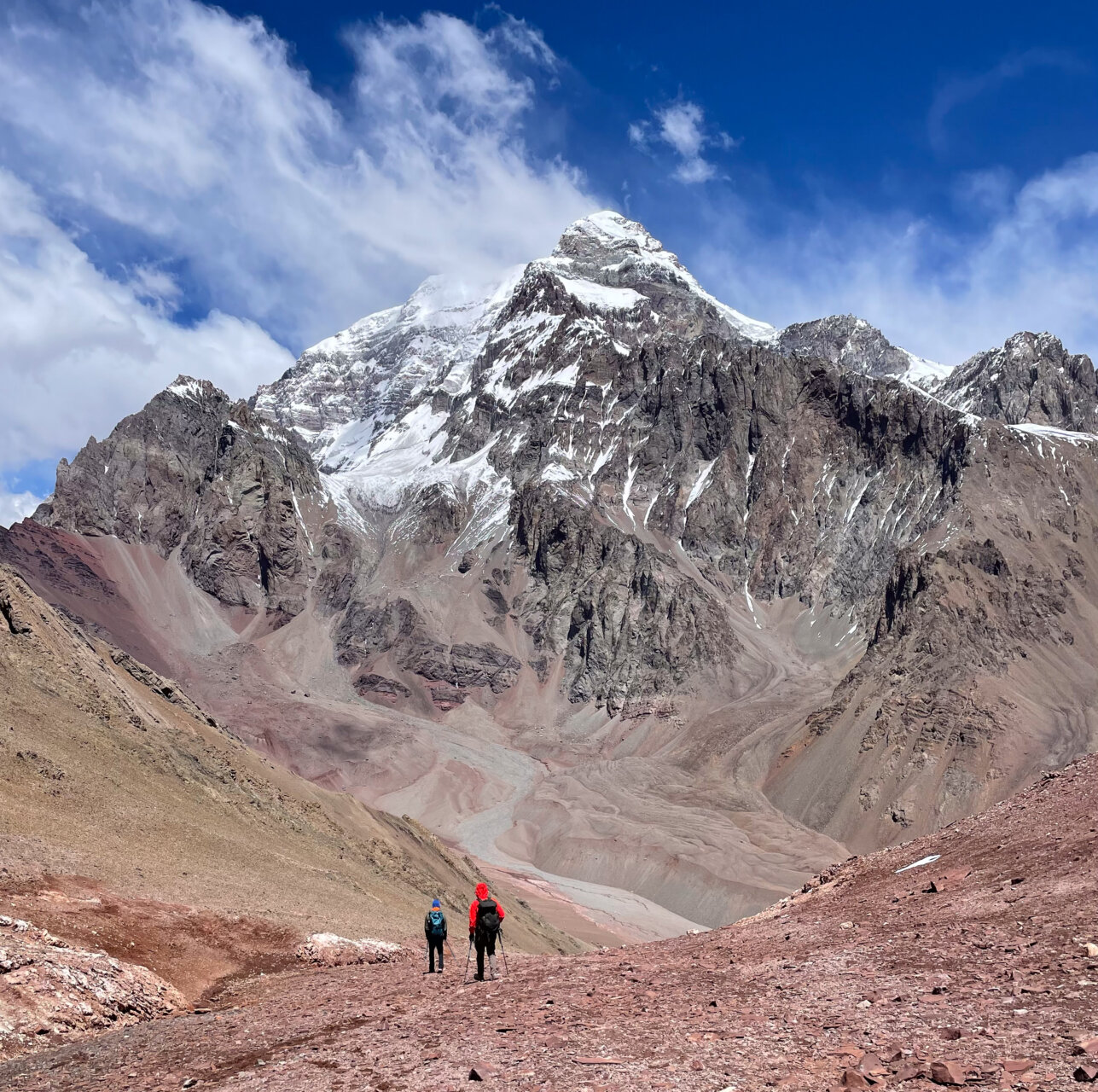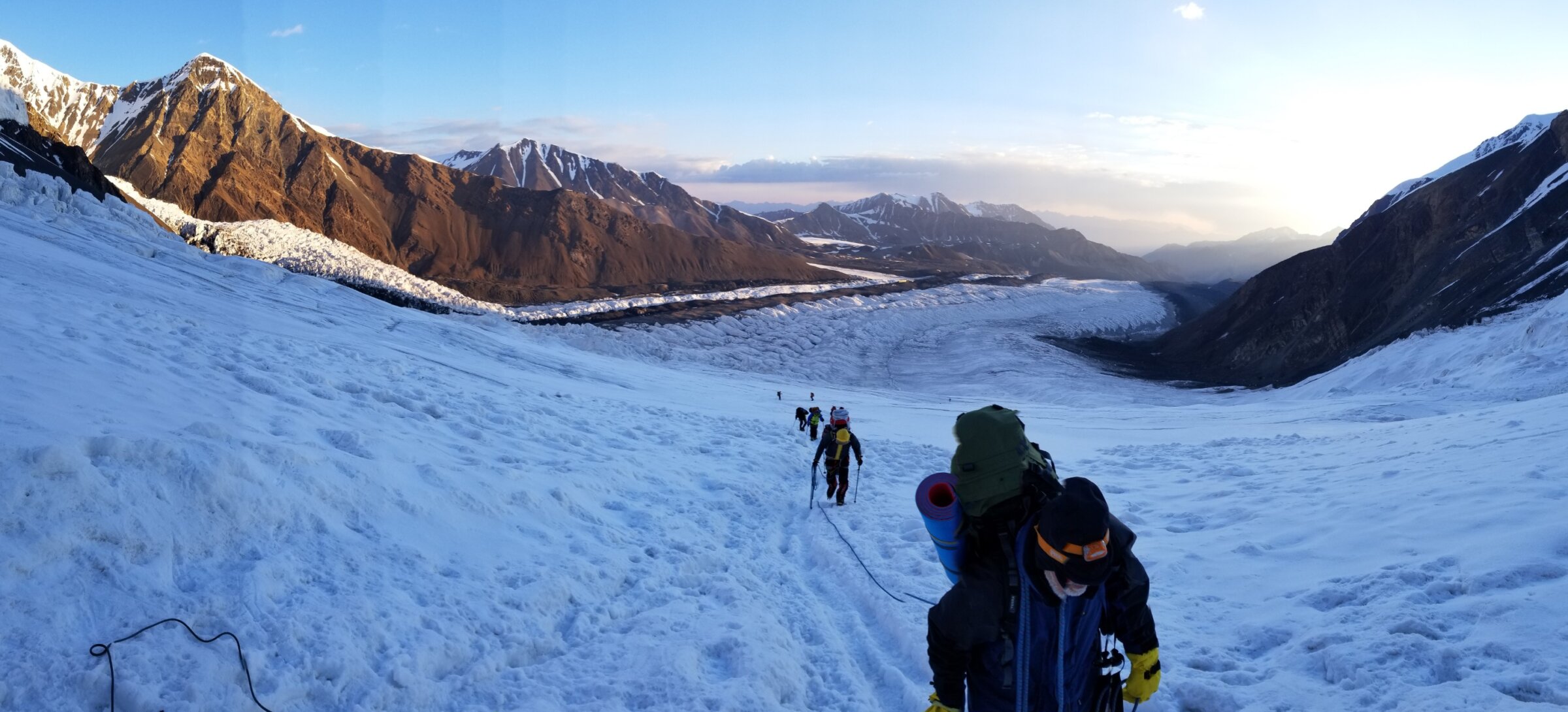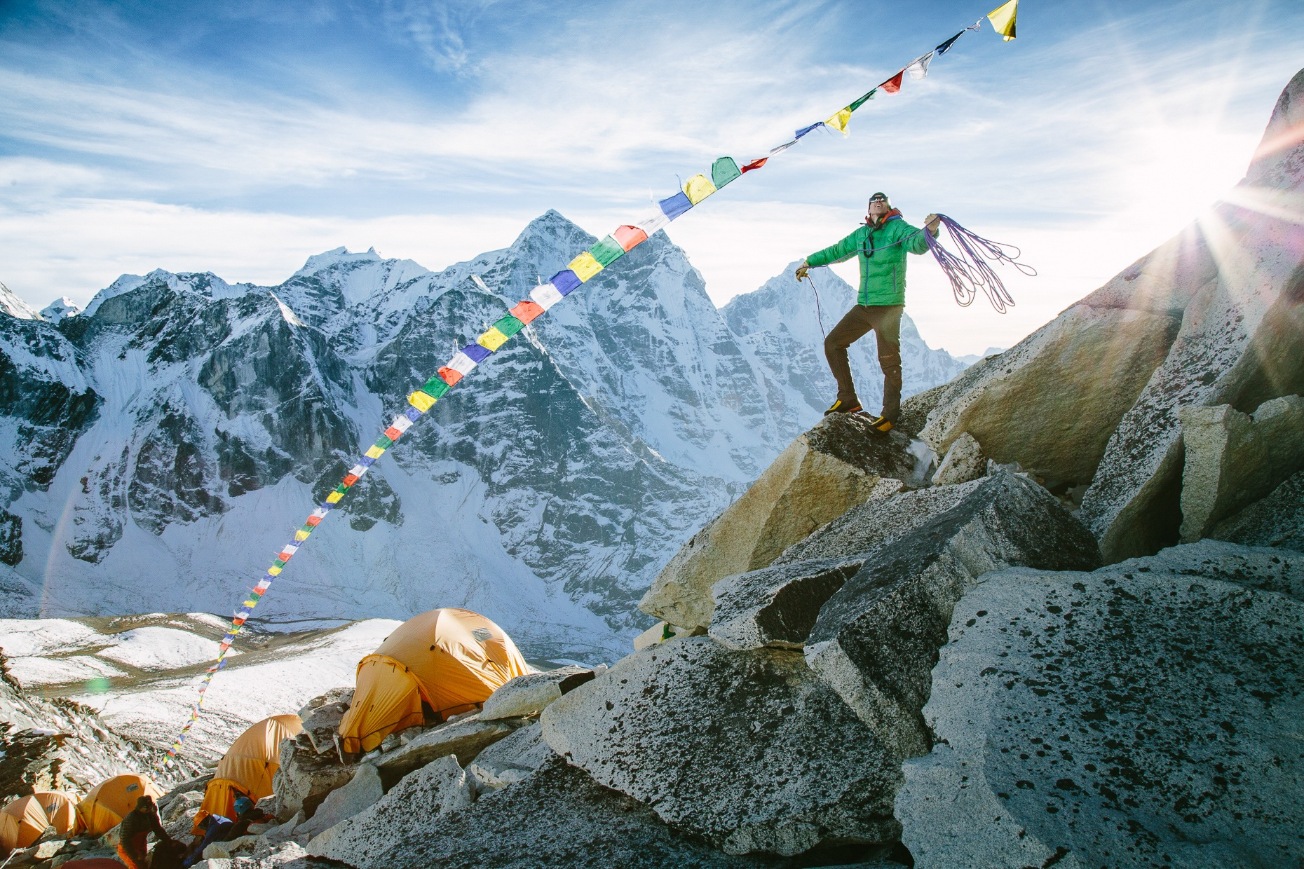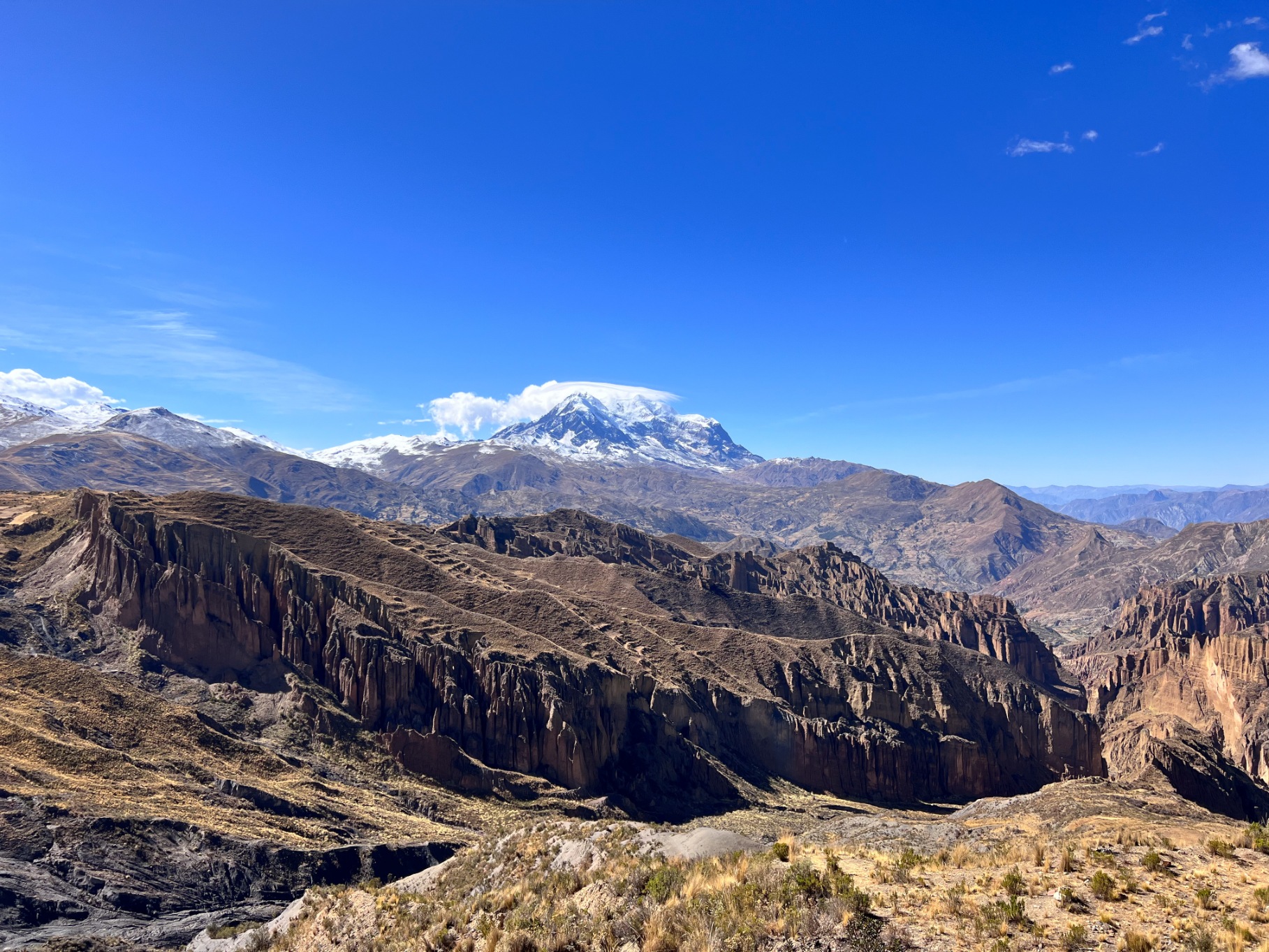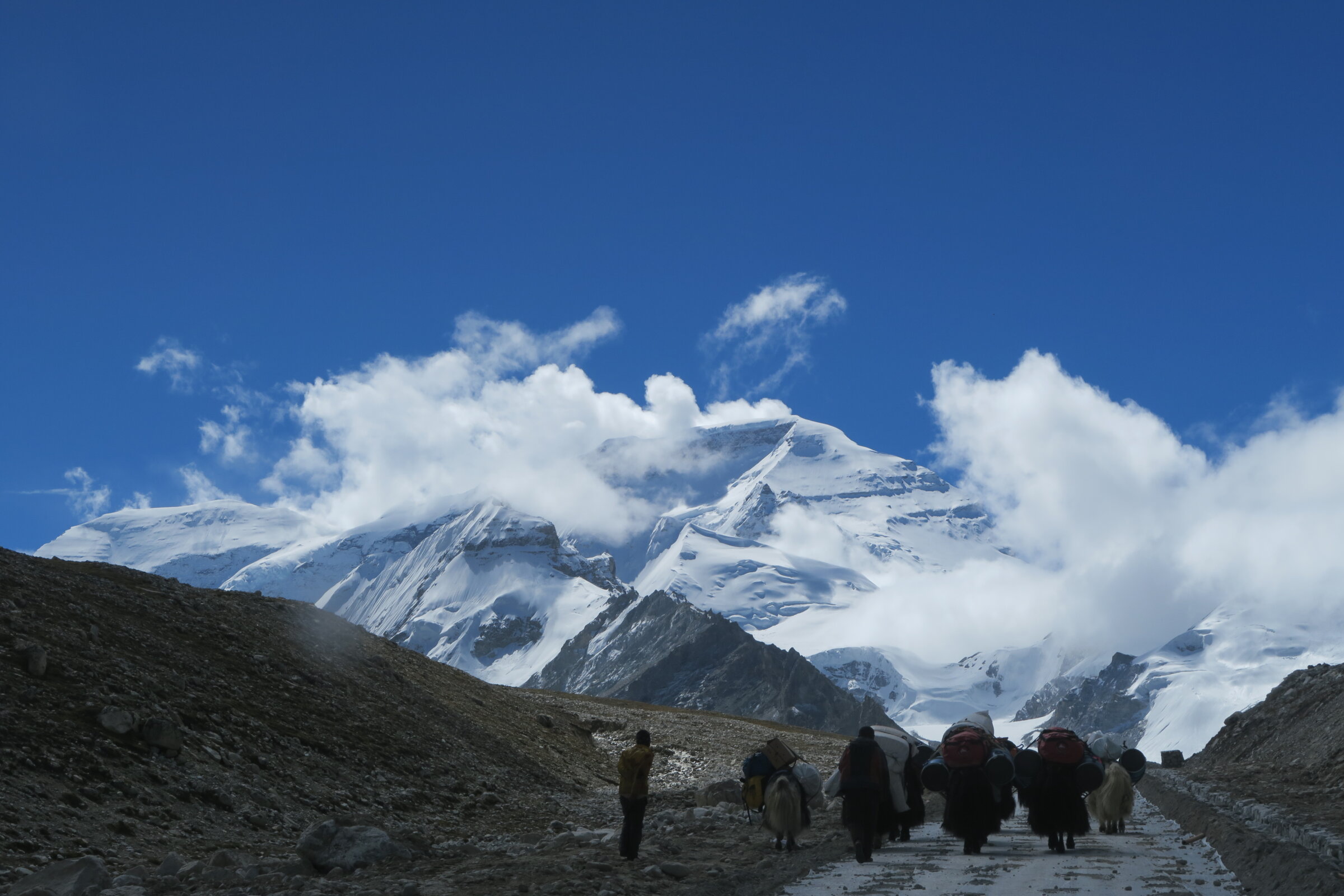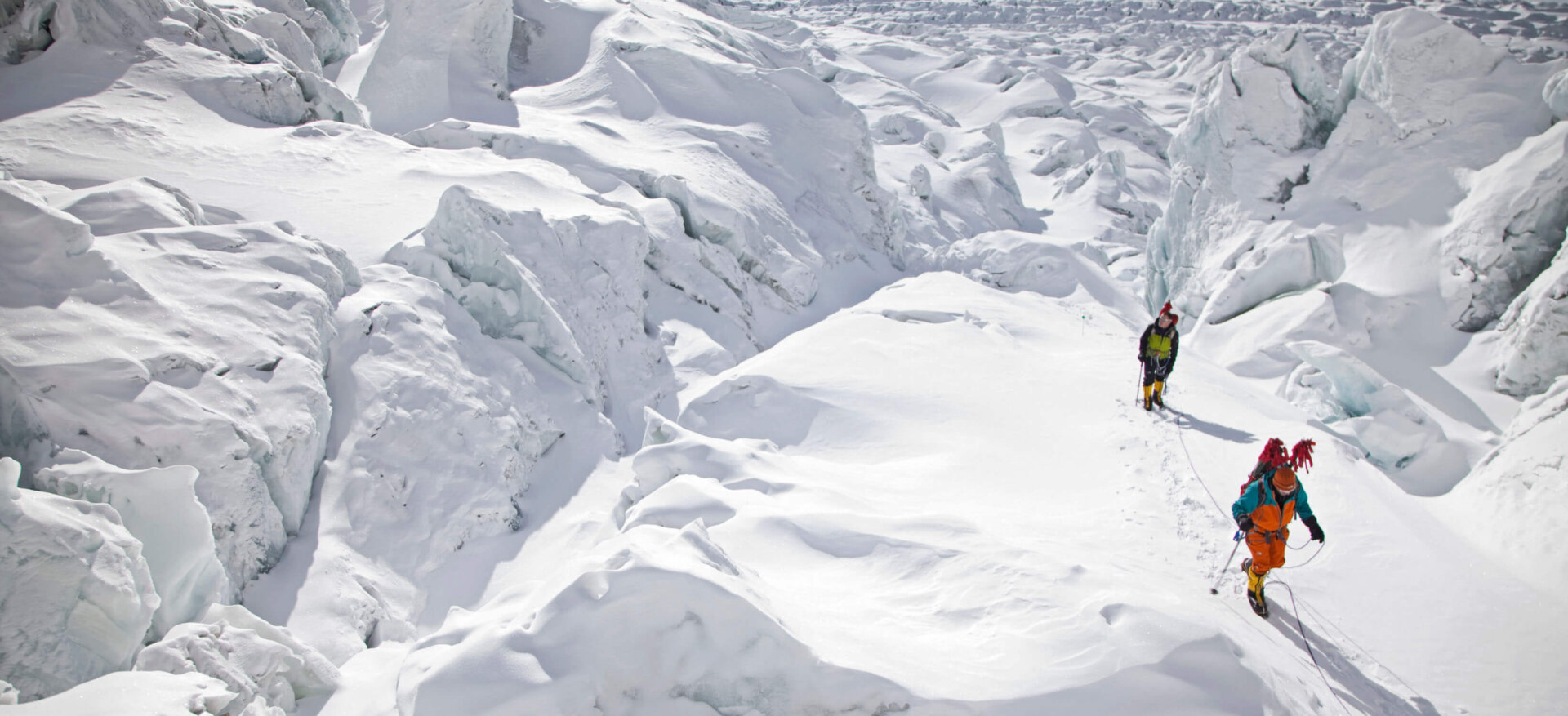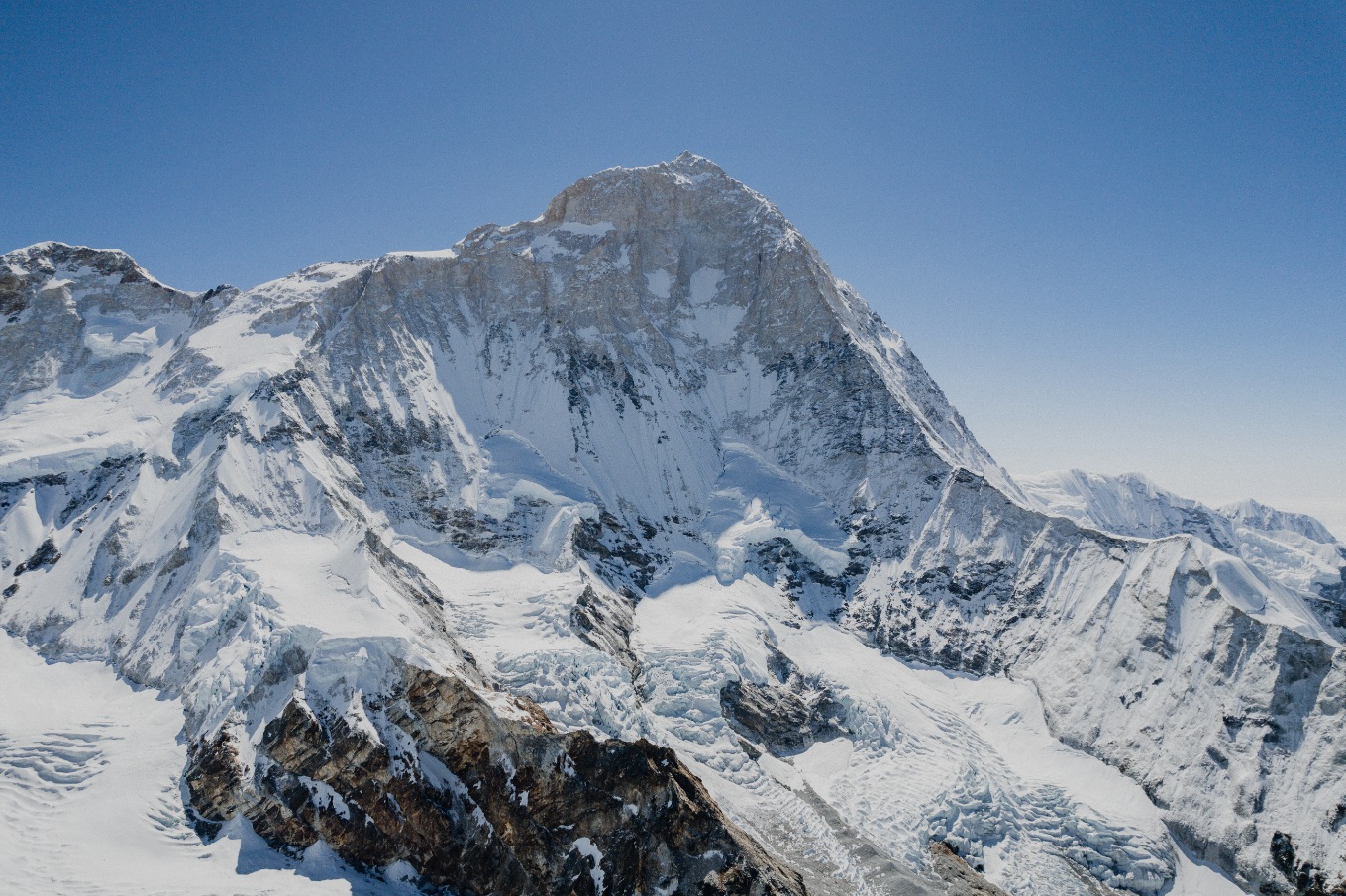Ecuador Climbing School
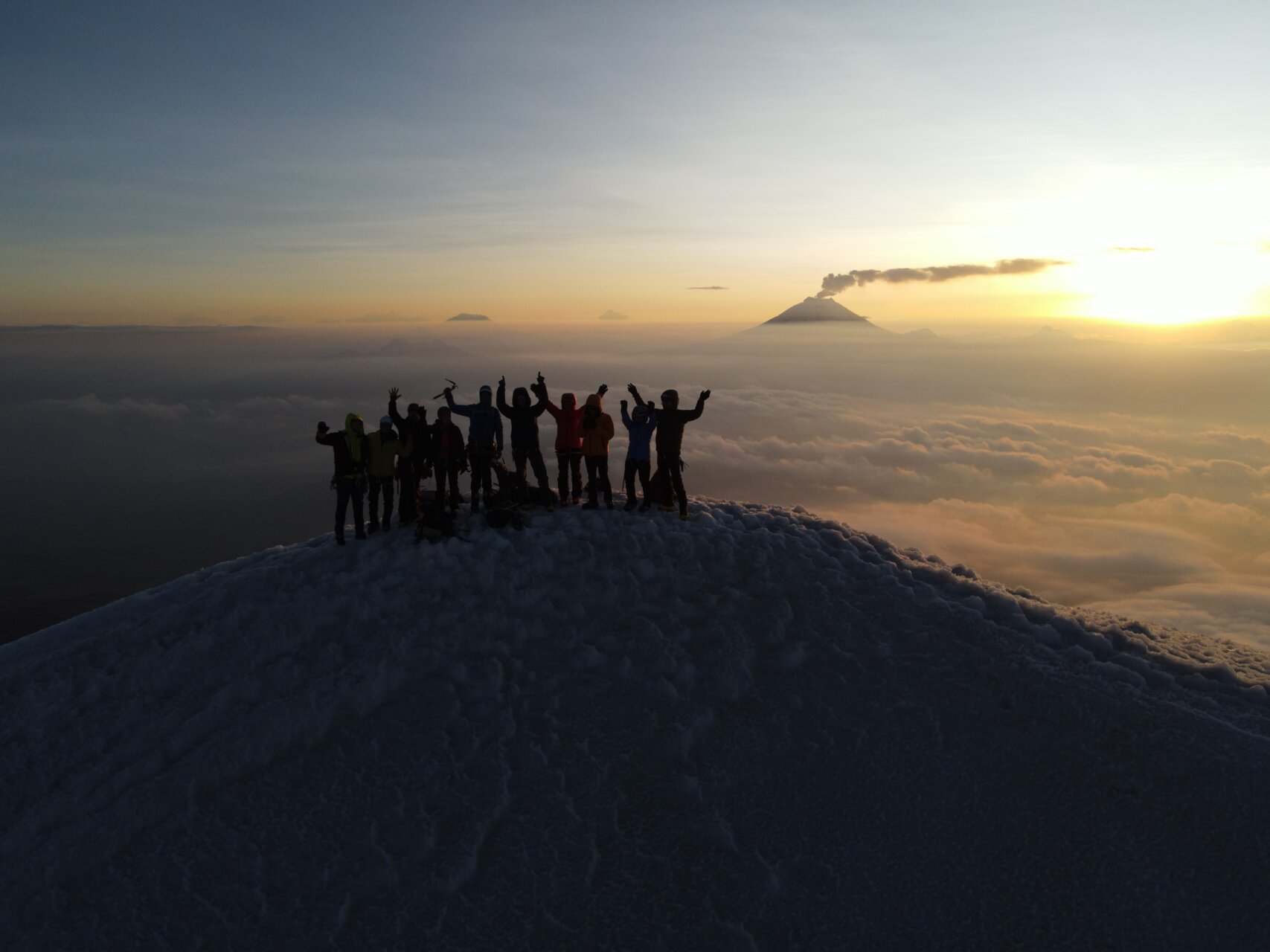
Ecuador Climbing School
Learn the essential skills of high altitude climbing in Ecuador.
On this mountaineering course expedition we will focus on education, building technical skills, and gaining mountaineering experience on an attempt to summit Cayambe, the third tallest peak in Ecuador. Cayambe’s highest point is at 18,996’/5,790m and it is heavily glaciated. The expedition extension presents the opportunity to cement your new skills as habit, attempting to summit Cotopaxi (19,347’/5,897m) and Chimborazo (20,564’/6,263m). Although geographically remote, the mountains are easily accessible. As opposed to the weeks it requires to travel to peaks in Alaska or the Himalayas, we arrive, develop skills, acclimatize, and summit three peaks in two weeks. The main goal of our “school” programs is to develop the foundations of high altitude mountaineering. This will help you grow into a confident and active participant on present and future expeditions.
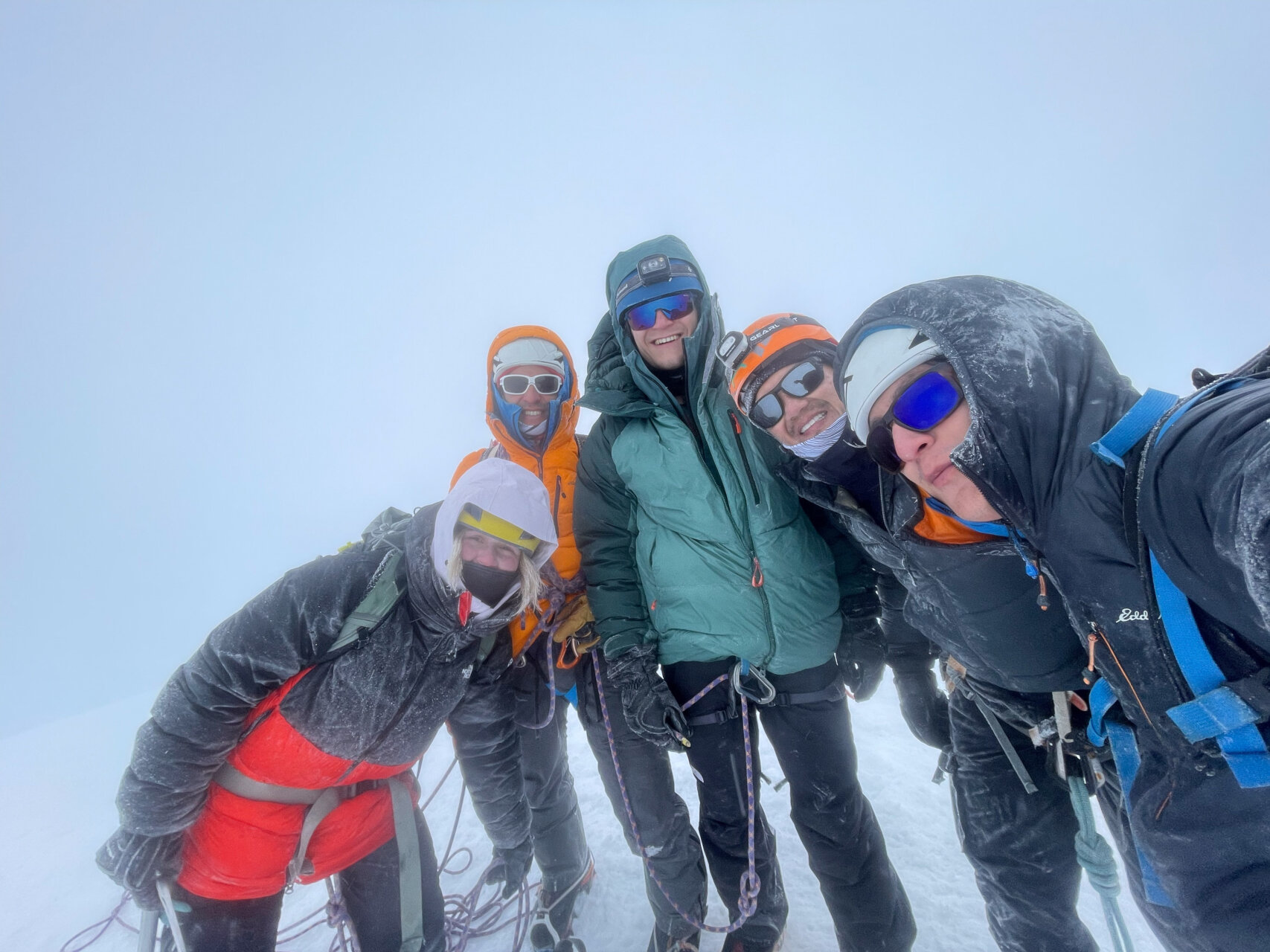
Ecuador Climbing School Itinerary
- Day 1
- Arrive in Quito
Leave your home for Ecuador, arriving in Quito (9,500 feet/2,896 meters) in the evening. Our guides will pick you up and bring you to our hotel, a local family-run place close to excellent restaurants and the tourist center of the city. Located in an old beautiful farm on the outskirts of Quito a few minutes away from the Cumbaya area which is full of nice restaurants, etc.
Sleeping Elevation. 9,300’
Lodging. San Jose De Puembo
Meals. None - Day 2
- Explore Quito and Acclimatize
Explore the colonial section of Quito. The old city is famous for its beautiful churches, the president’s palace, and ever-present views of the glaciated peaks that surround it. After touring for half the day, we spend the afternoon preparing for our expedition and organizing gear.
Distance Covered: 2-4 miles
Moving Hours: 4-5 hours
Sleeping Elevation: 9,300’
Lodging: San Jose De Puembo
Meals: Breakfast - Day 3
- Acclimatization Trek on Rucu Pichincha
After breakfast, we’ll ride the telepherique from the center of the city to 14,000 feet (4,267 meters) on Rucu Pichincha. Two hours of hiking brings us to the rock ridge which we climb, conditions permitting, to Pichincha’s 15,700 foot (4,785 meter) summit. This climb is a proud peak on its own; it is also important for our acclimatization.
Distance Covered: 6 miles
Moving Hours: 4-5 hours
Elevation Gain/Loss: +/- 2,400’
Sleeping Elevation: 9,300’
Lodging: San Jose De Puembo
Meals: Breakfast - Day 4
- Move to Otavalo and Trek Fuya Fuya
Today we move to the town of Otavalo. Otavalo has some of the best food in Ecuador and is renowned for its local markets. We will spend part of the day climbing Fuya Fuya, a non-technical 14,000 foot peak, and then spend the evening at the Yanacocha, the lower hut on Cayambe.
Distance Covered: 2.5 miles
Moving Hours: 2 hr drive, 2-3 hr hike
Elevation Gain/Loss: +/- 1,500’
Sleeping Elevation: 12,000′
Lodging: Yanacocha
Meals: Breakfast - Day 5
- Skills Practice
After a quick grocery store stop for mountain snacks, we drive 2 hours through high-altitude farmlands to the refuge on Cayambe, at 15,000 feet (4,572 meters) to one of the huts in Cayambe, Yanacocha or Ruales, Oleas – Berge. After settling in, we hike about an hour to the toe of the glacier on Cayambe. We spend the day practicing skills, including self-arresting with an ice axe, climbing in crampons, traveling on rope teams, and crevasse rescue. We also take time to scout our summit route. After a full day, we descend back to the refuge for the evening.
Distance Covered: 1.5 miles hiking, 2.5 hours driving
Moving Hours: 1-2 hours hiking Elevation Gain/Loss. +/-800’ (hiking), +6,850 (driving)
Sleeping Elevation: 15,150’
Lodging: Refugio Ruales-Oleas-Berge
Meals: Breakfast, Lunch & Dinner - Day 6
- Skills and Rest for Summit Bid
Today we’ll take the morning to continue practicing our skills and letting our bodies further acclimatize before our summit push the next day. We spend the afternoon resting, hydrating, eating, and getting to bed early for the summit of Cayambe.
Distance Covered: 2-3 miles
Moving Hours: 2 hours hiking
Elevation Gain/Loss: +/-1,000’
Sleeping Elevation: 15,150’
Lodging: Refugio Ruales-Oleas-Berge
Meal: Breakfast, Lunch & Dinner - Day 7
- Cayambe Summit Bid
Your training and preparation are ready to be put to the test. After an early wakeup and hot drinks and snacks (typically around midnight), you’ll find yourself moving up the rock steps and onto the vast glaciers above. The rhythmic crunching of crampons, the sway of the rope, the first inklings of morning light from high above the clouds are all classic aspects of mountaineering, and will frame the first several hours of your climb. Pushing higher still, the glacier becomes complex and challenging, your team will navigate around huge crevasses and drop offs on your way to the top. Cresting just shy of 19,000ft (5,790m/18,996ft), the summit of Cayambe is a proud achievement and offers commanding views of the surrounding mountains. Off to the south, you can make out the glaciated summits of Cotopaxi, Antisana and Chimborazo. After the descent back to the refugio, you’ll head back down to Otavalo and the welcoming gardens of the Hacienda Pinsaqui.
Distance Covered: 5 miles
Moving Hours: 7-11 hours
Elevation Gain/Loss: +/-3,800’, (climbing), -6,850′ (driving)
Sleeping Elevation: 8,300’
Lodging: Hacienda Pinsaqui
Meals: Breakfast & Lunch - Day 8
- Extra Day / Recovery Day
Today we sleep in, again in the familiar Hacienda Pinsaqui, eventually waking to the smell of fresh coffee. When we are ready, the bustling Saturday market will be waiting for us, where we can buy everything from grilled guinea pig to hand-woven textiles to handmade silver jewelry. We return to Quito for dinner, and those flying home head to the airport for flights scheduled after 11pm or the following morning. The rest of the team spends the night in our hotel in Quito.
Distance Covered: Varies
Moving Hours: Varies
Elevation Gain/Loss: +1,000’
Sleeping Elevation: 9,300’
Lodging: San Jose De Puembo
Meals: Breakfast - Day 9
- Depart Ecuador or Drive to Cotopaxi
Any remaining Cayambe-only team members depart Quito for home. After breakfast, climbers staying on for the extension head up to the flanks of Cotopaxi and prepare for their climb in the coming days.
Distance Covered: 3.5 hours driving or flight home
Elevation Gain/Loss: +3,000’ (driving)
Sleeping Elevation: 12,300’
Lodging: Tambopaxi Lodge
Meals: Breakfast, Lunch & Dinner - Day 10
- Skills Day on Cotopaxi
Waking up in beautiful Tambopaxi lodge, you’ll be treated to incredible views of Cotopaxi rising across the valley. Today you’ll hike up the flanks of Cotopaxi and receive training in more advanced climbing and rescue techniques and ideas. Returning for an early dinner and warm bed, it’s time to climb the second big peak of the trip.
Distance Covered: 3 miles
Moving Hours: 3-5 hours
Elevation Gain/Loss: +/- 1500’
Sleeping Elevation: 12,300’
Lodging: Tambopaxi Lodge
Meals: Breakfast, Lunch & Dinner - Day 11
- Cotopaxi Summit Bid
Waking up around 1am, you’ll have some hot drinks and snacks and set out for the summit of Cotopaxi. This climb will use all the skills you learned on Cayambe as we travel on snow and ice up to the rim of the volcano. The final section of climbing will be the most difficult before you are rewarded with a stunning summit. After descending and packing up, you will drive to the beautiful Hacienda La Cienega.
Distance Covered: 6 miles
Moving Hours: 8-12 hours
Elevation Gain/Loss: +/- 4000’
Sleeping Elevation: 9,800’
Lodging: Hacienda la Cienega
Meals: Breakfast & Lunch - Day 12
- Drive to Chimborazo Lodge / Rest
After a morning of breakfast at Hacienda La Cienega, we drive south to a wilderness lodge below Chimborazo called Chimborazo Lodge. The lodge is owned by one of Ecuador’s original mountain guides – his stories, home, and excellent food will prepare us for our final climb.
Moving Hours: 2-3 hours (driving)
Sleeping Elevation: 12,950’
Lodging: Chimborazo Lodge
Meals: Breakfast, Lunch & Dinner - Day 13
- Move to Chimborazo High Camp
Today we move to the El Castillo camp at the base of Chimborazo’s glacier, 2 hours hike from the car. We scout our route, and get to sleep early ready for our summit push.
Distance Covered: 1.5 miles
Moving Hours: 2 hours
Elevation Gain/Loss: +2,150’ Sleeping Elevation. 18,050’
Lodging: Castillo Camp
Meals: Breakfast, Lunch & Dinner - Day 14
- Chimborazo Summit Bid
Our final, and most challenging, climb. The route quickly ascends the glacier, on which the ice is often broken by many crevasses as well as almost vertical ice steps. Eventually we’ll will reach the Castillo ridge and follow it over moderate ground to the summit. After taking photos and enjoying the views from the tallest point in Ecuador, we’ll descend to our van and return to Quito for a final celebration dinner.
Distance Covered: 3 miles
Moving Hours: 10-14 hours
Elevation Gain/Loss: +2,550, -4,700’
Sleeping Elevation: 9,300’
Lodging: San Jose Del Puembo
Meals: Breakfast, Lunch - Day 15
- Extra Weather Day
Built-in weather day. Due to the unpredictable nature of mountain weather in Ecuador, we build in an extra day into our itinerary which can be used also to rest and recover in Baños, a beautiful touristic town with super-friendly weather. You can book your departure flight starting on this day after 11pm.
- Day 16
- Departure
Depart Quito for home. Flights are generally late on Day 15 (after 11pm) or early in the morning on this last day. If you have questions about when to departure, please ask our team.
